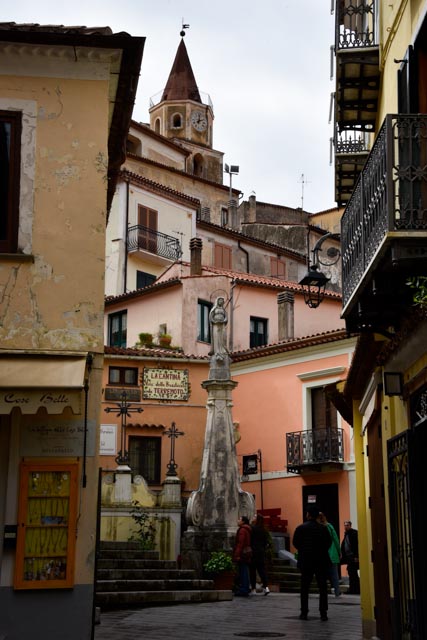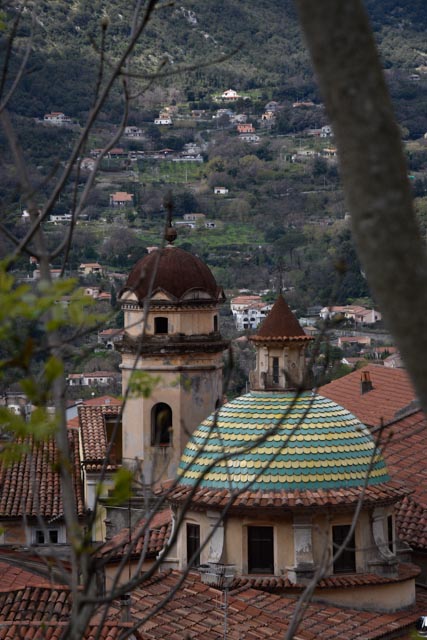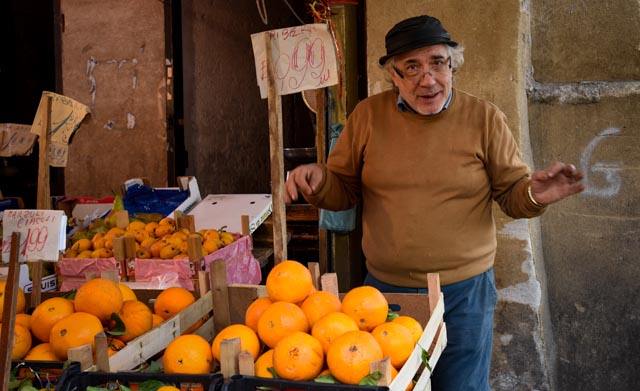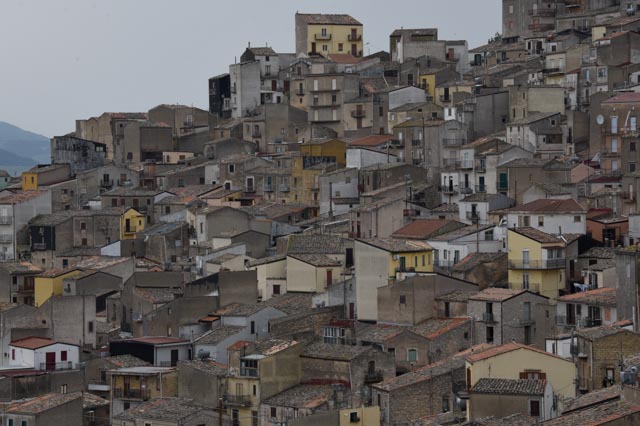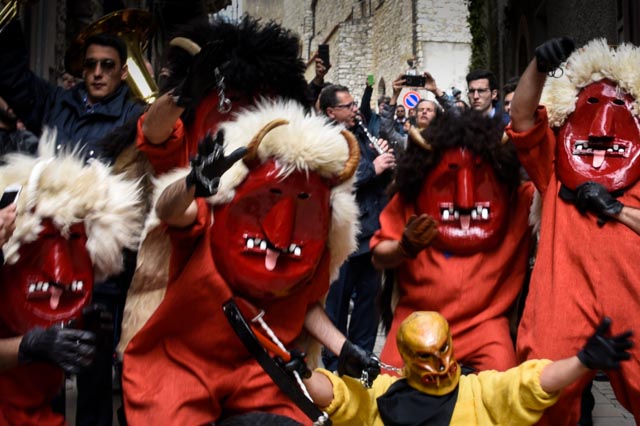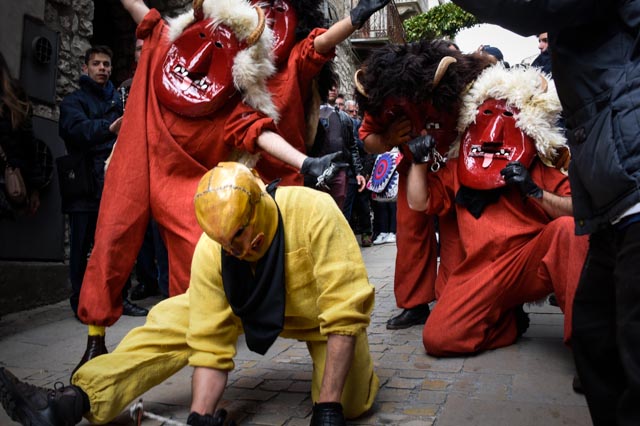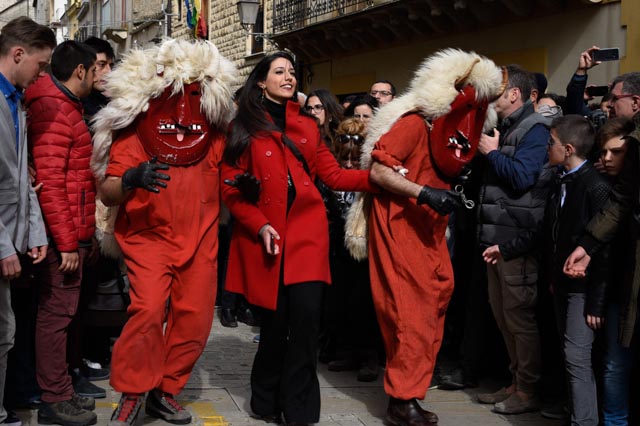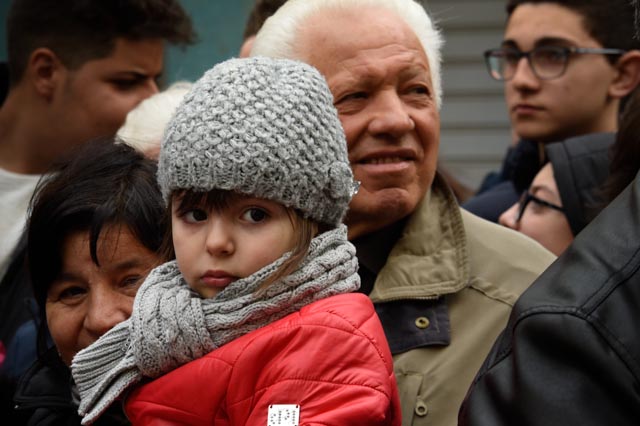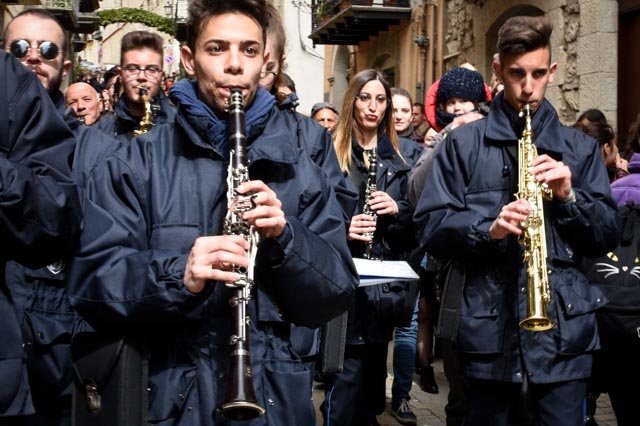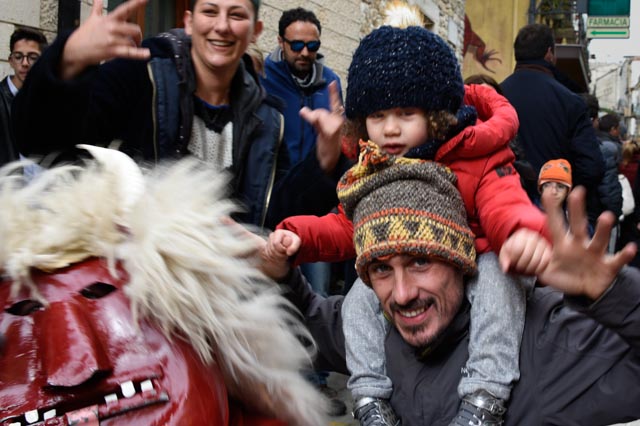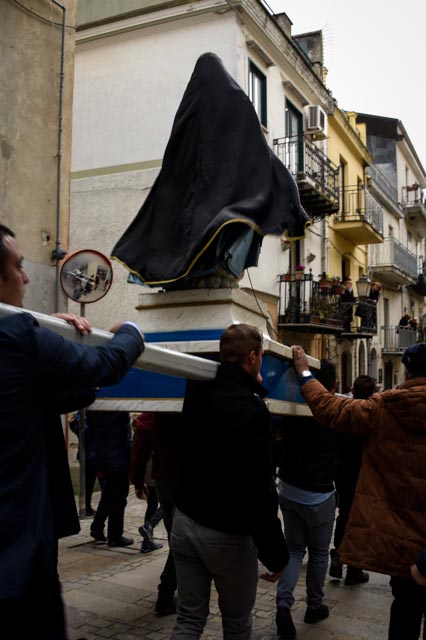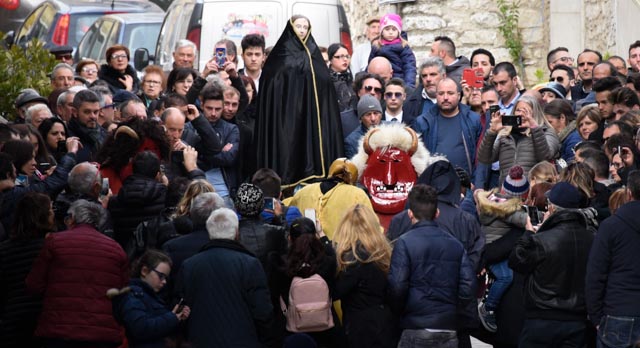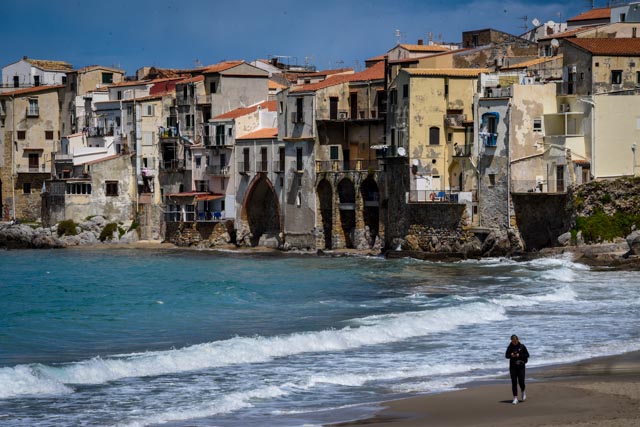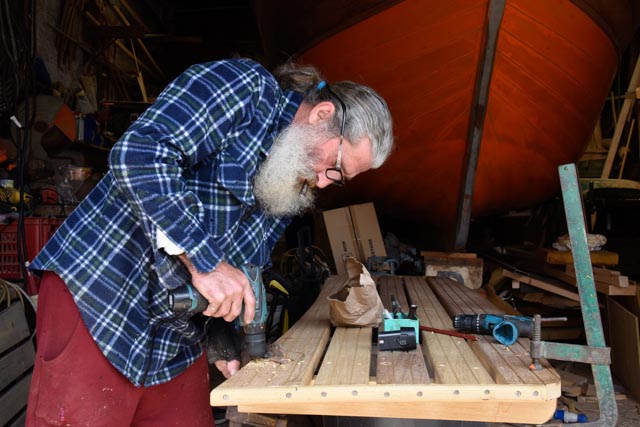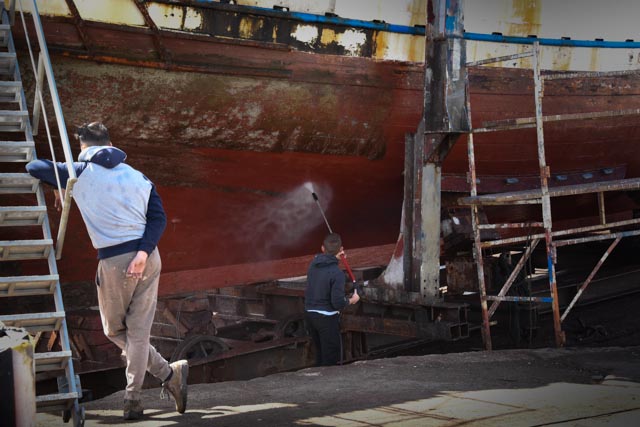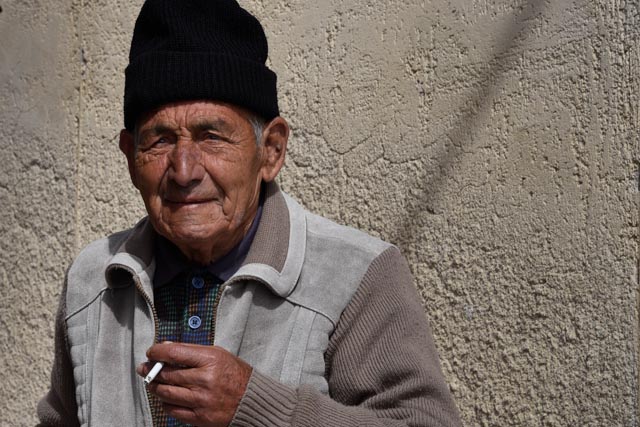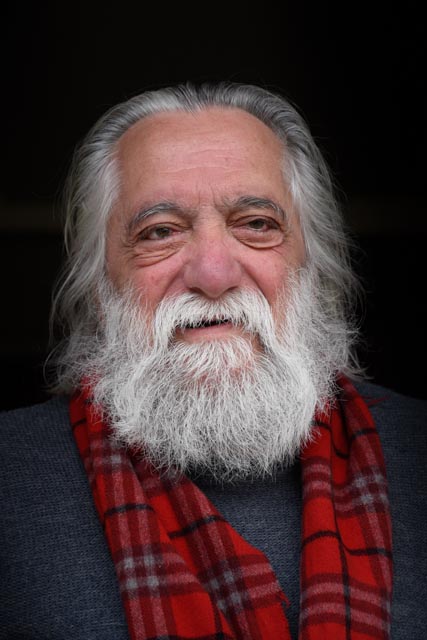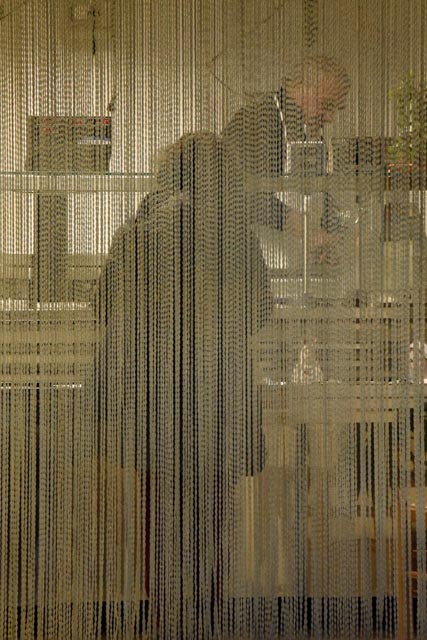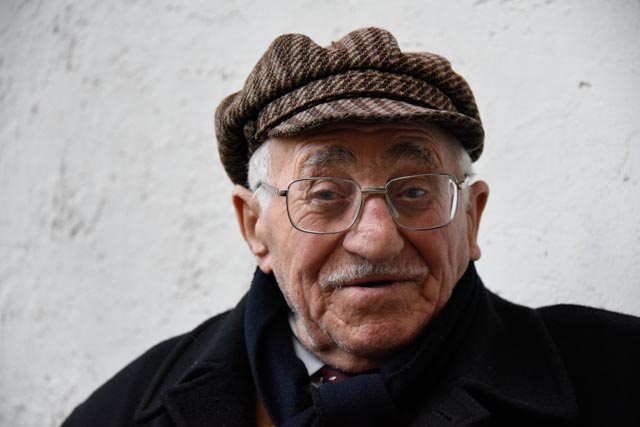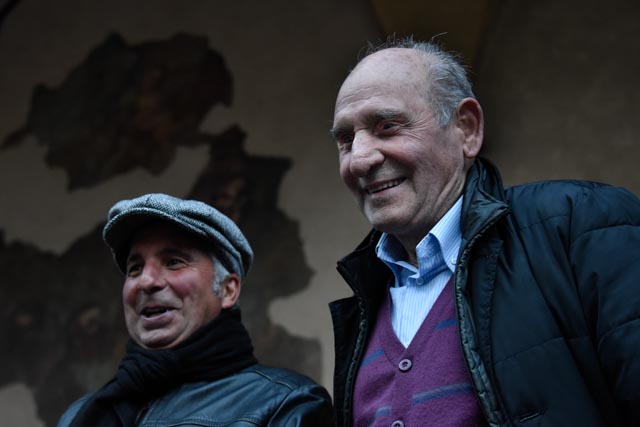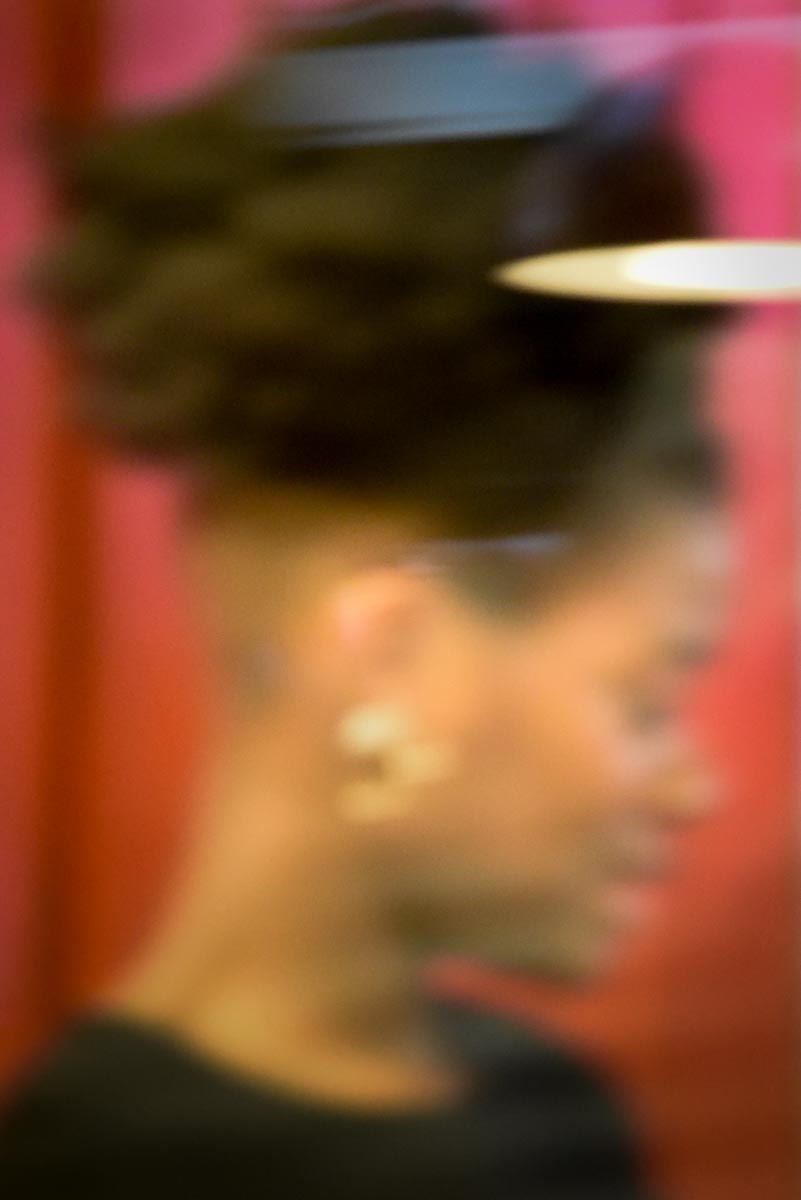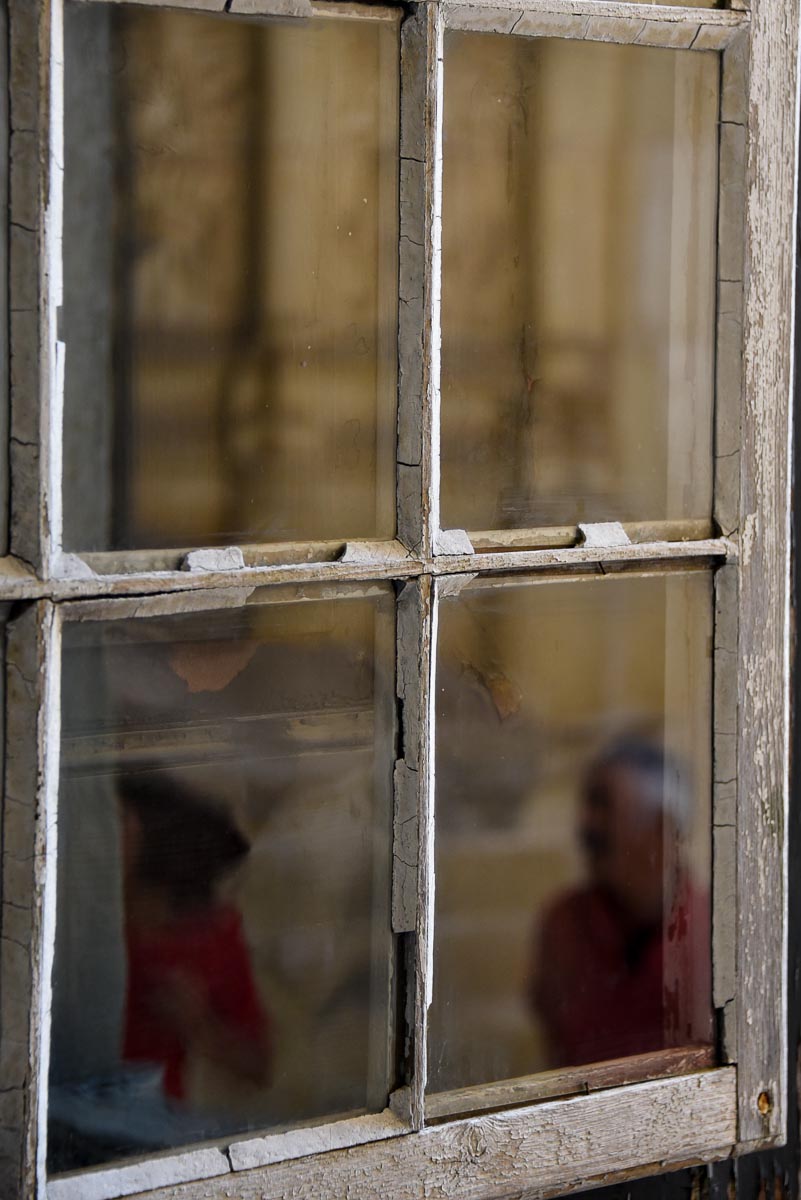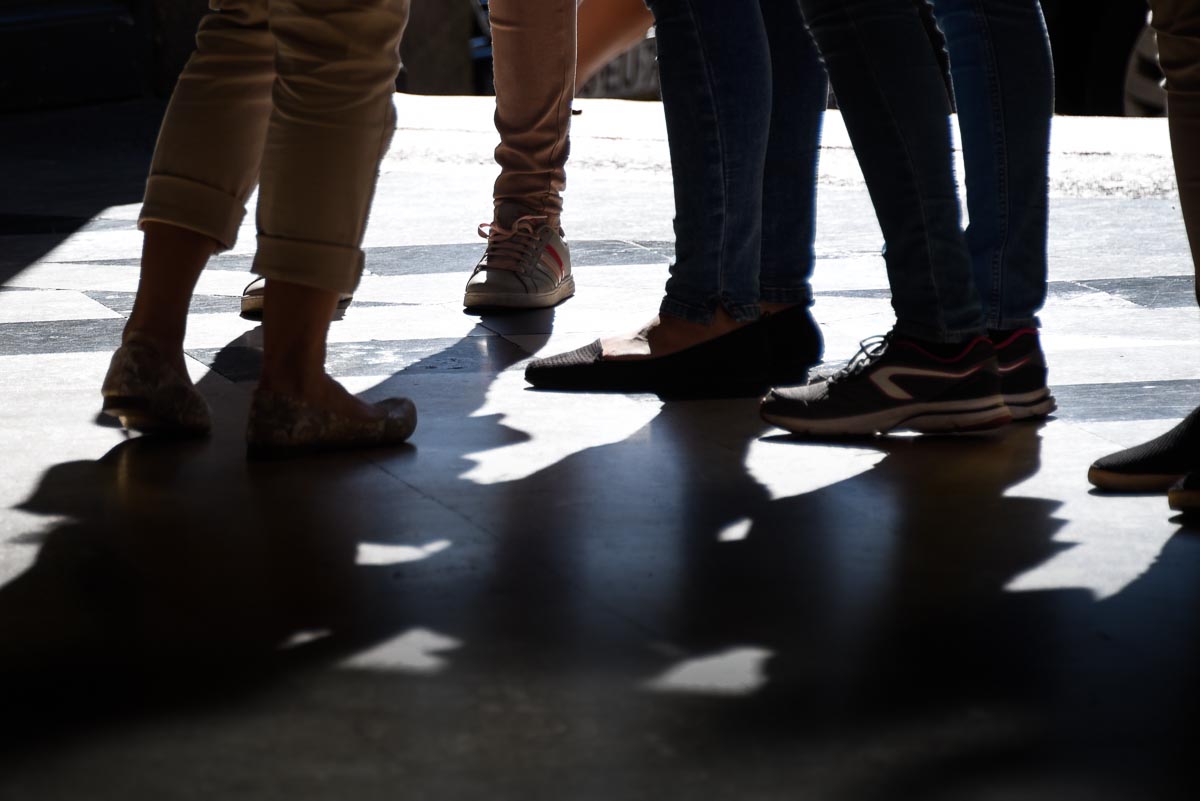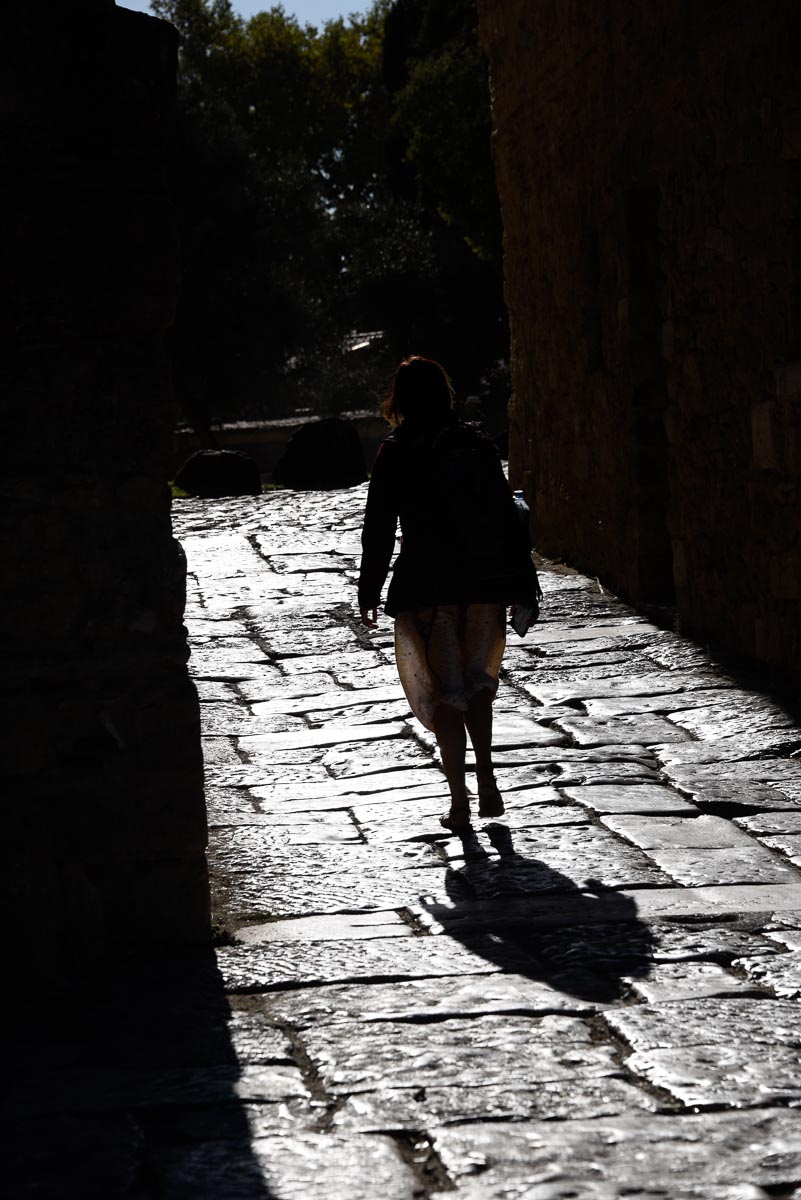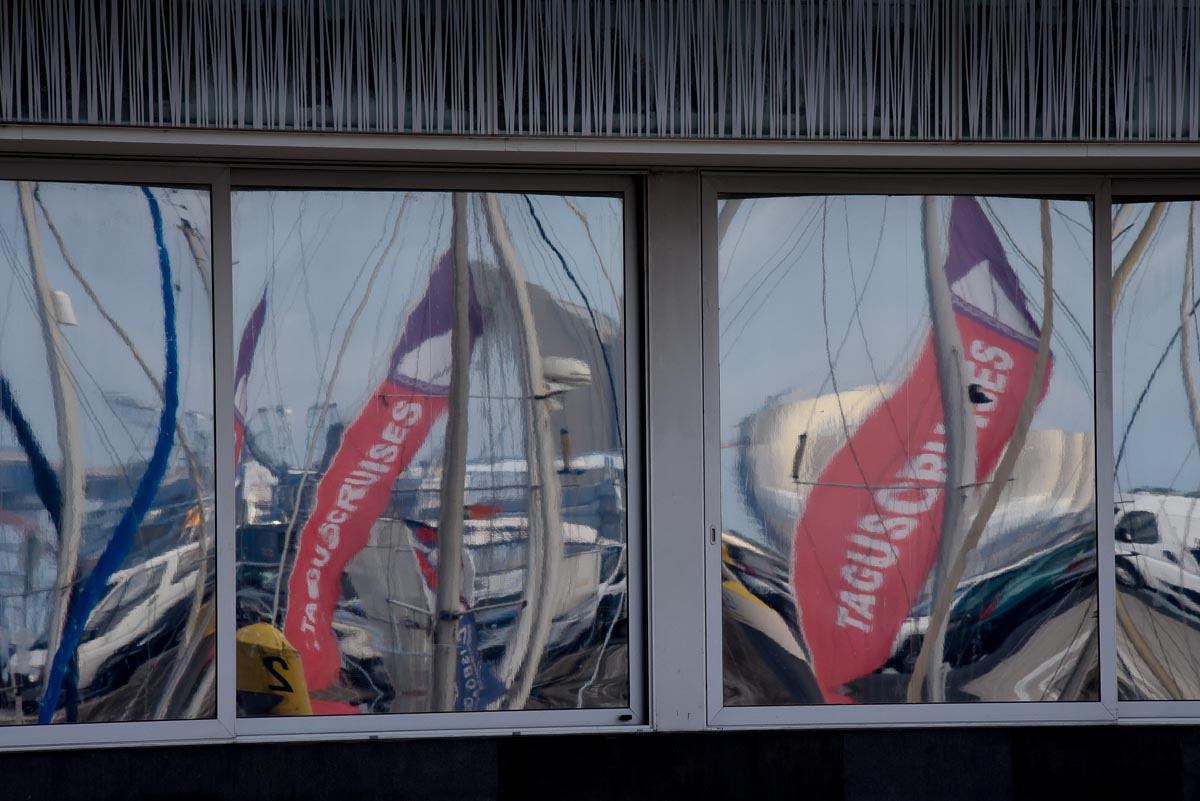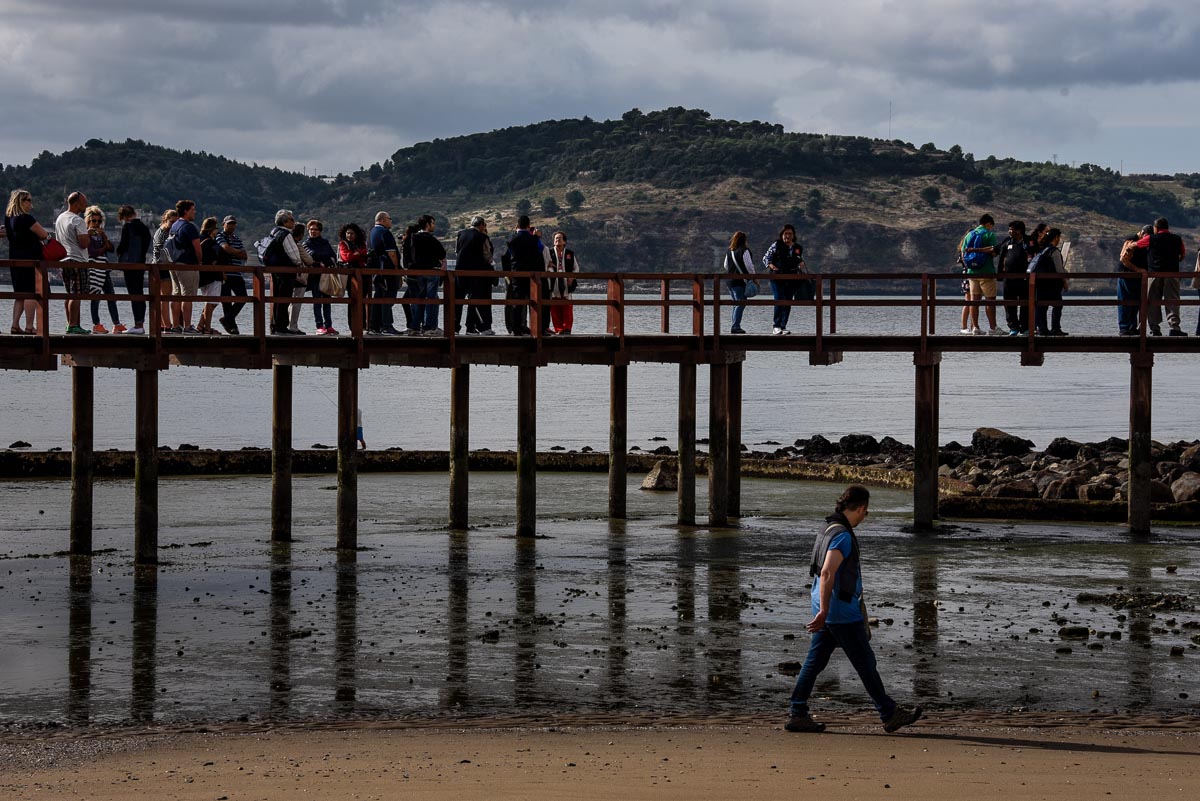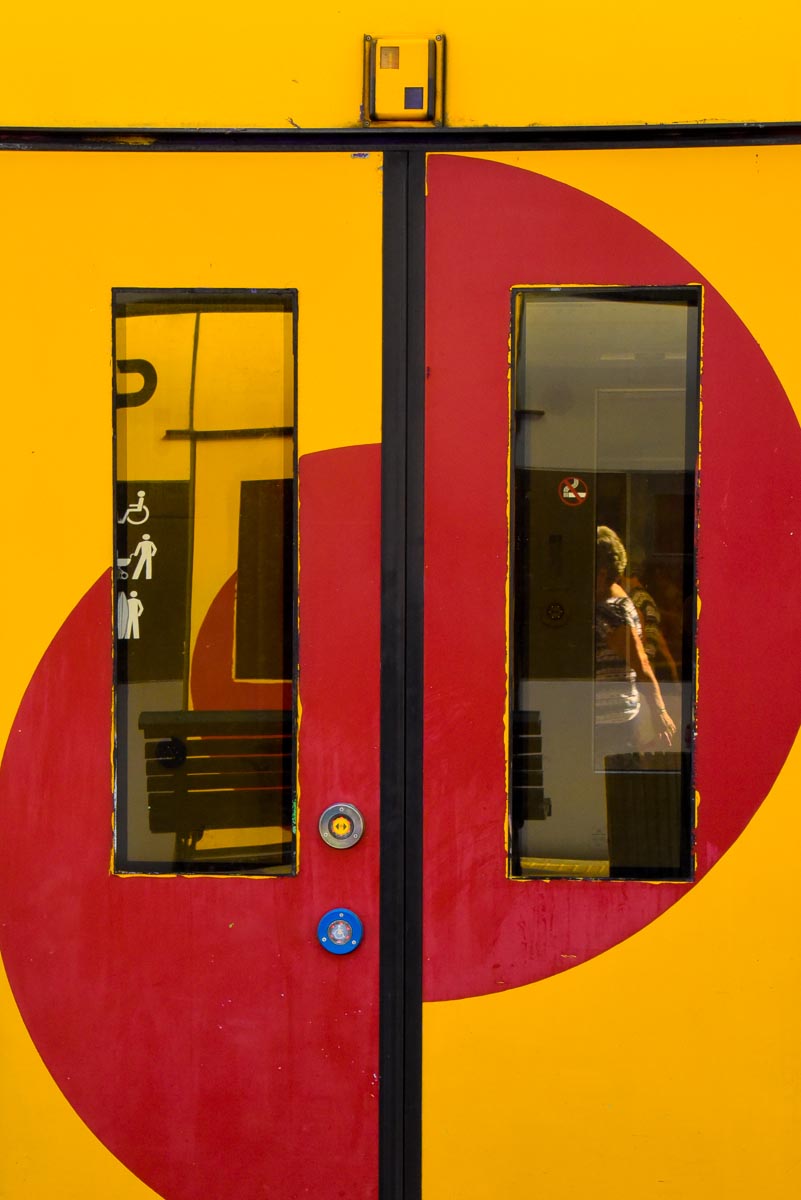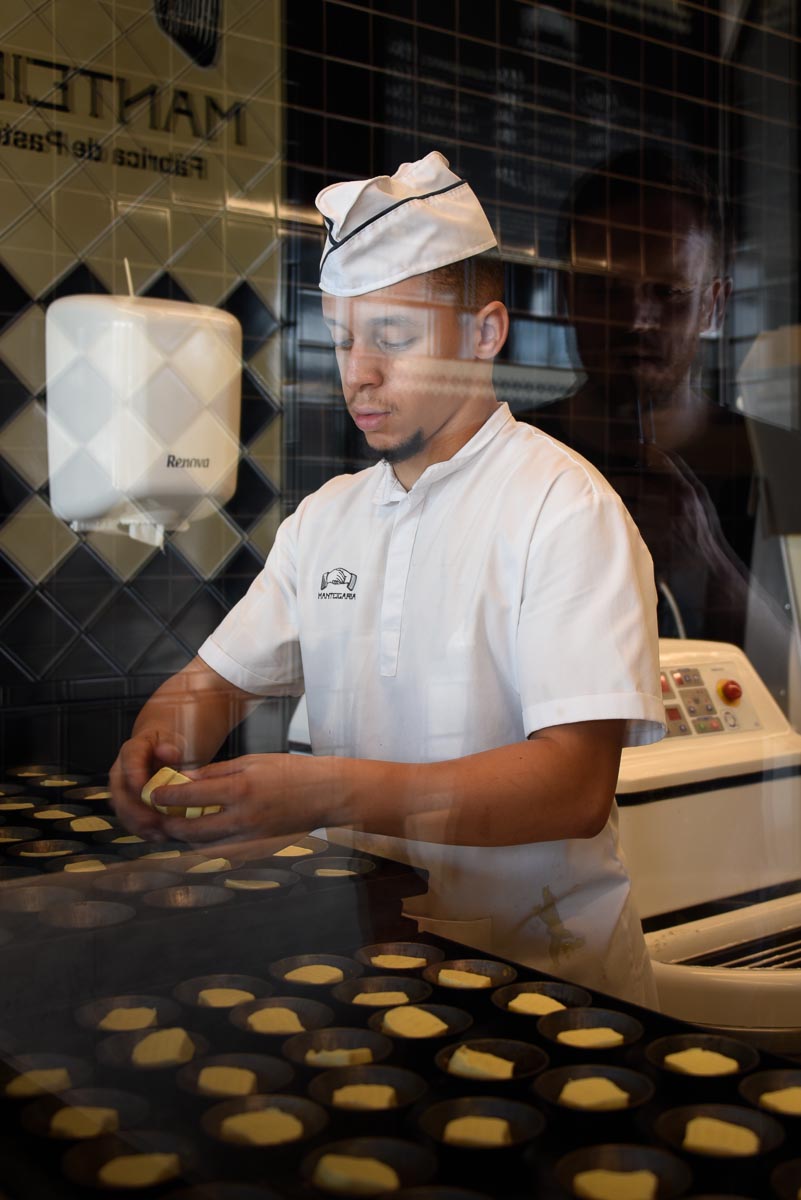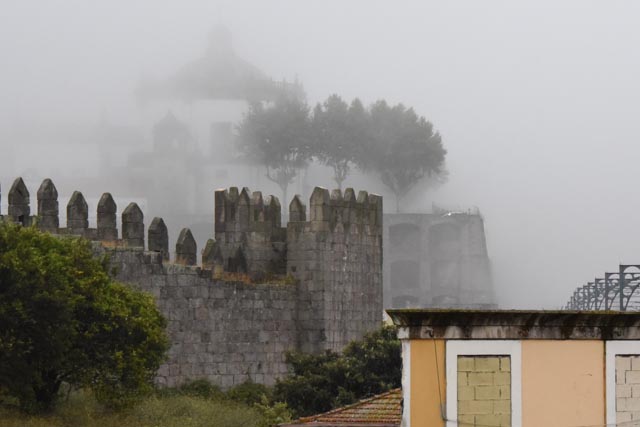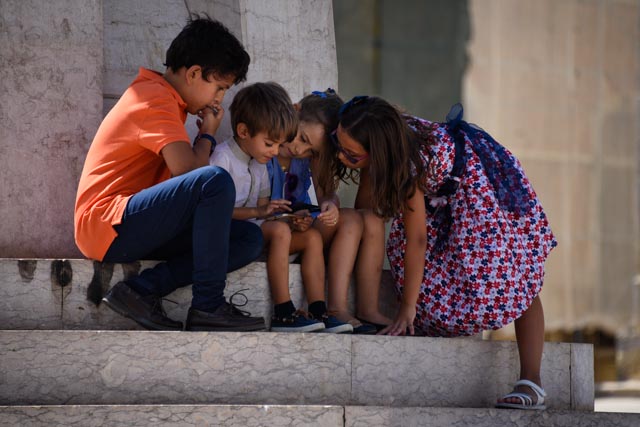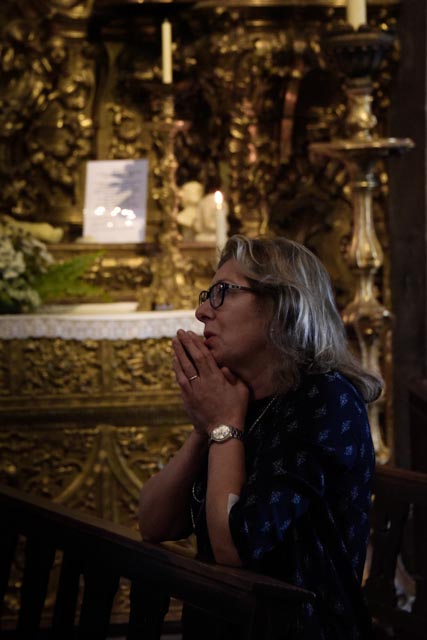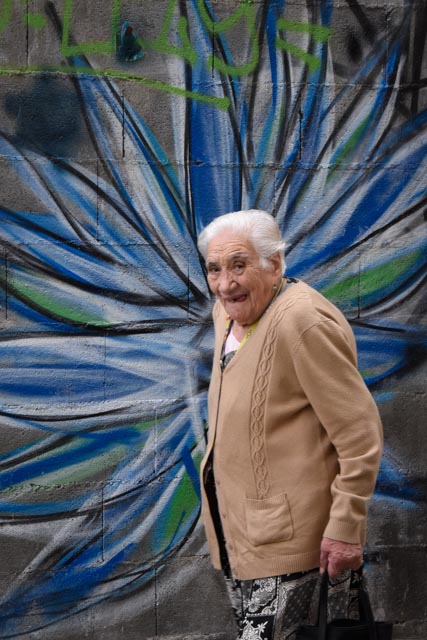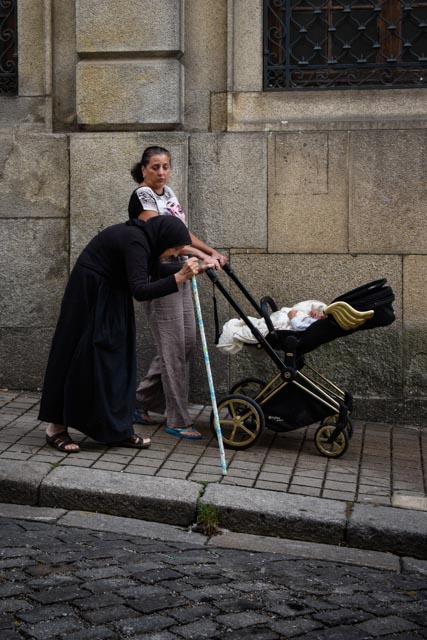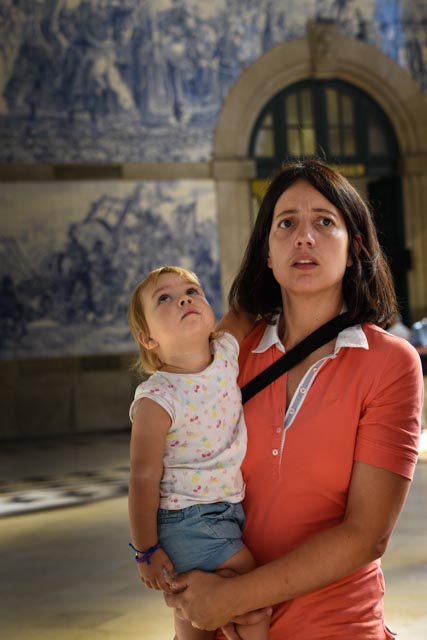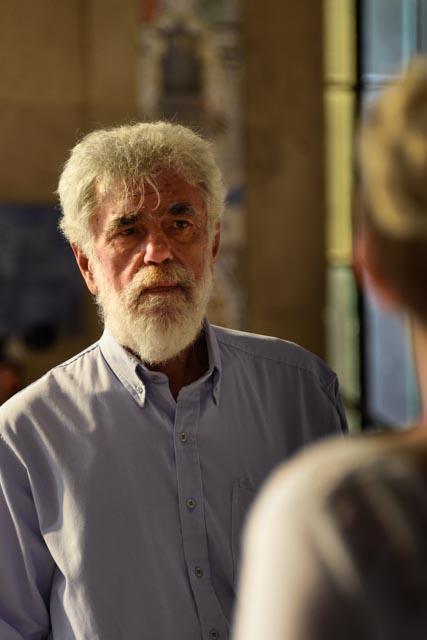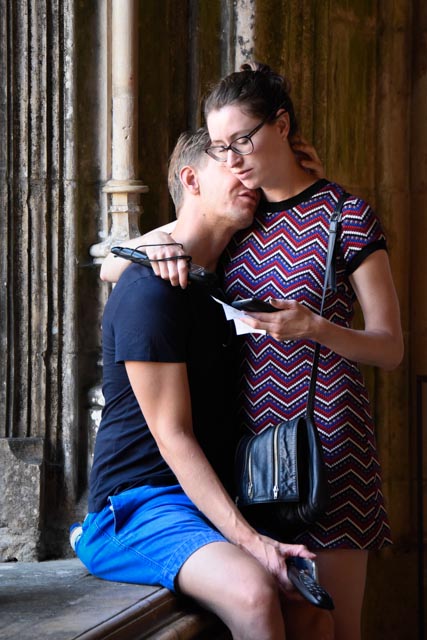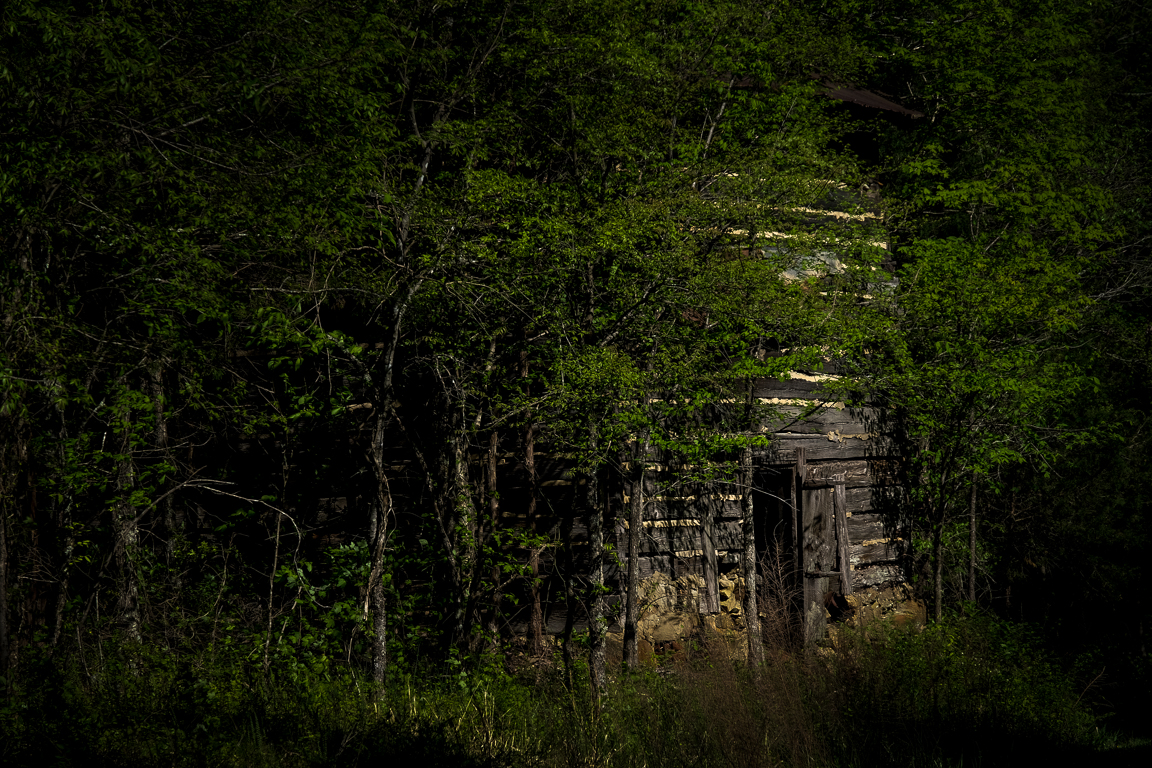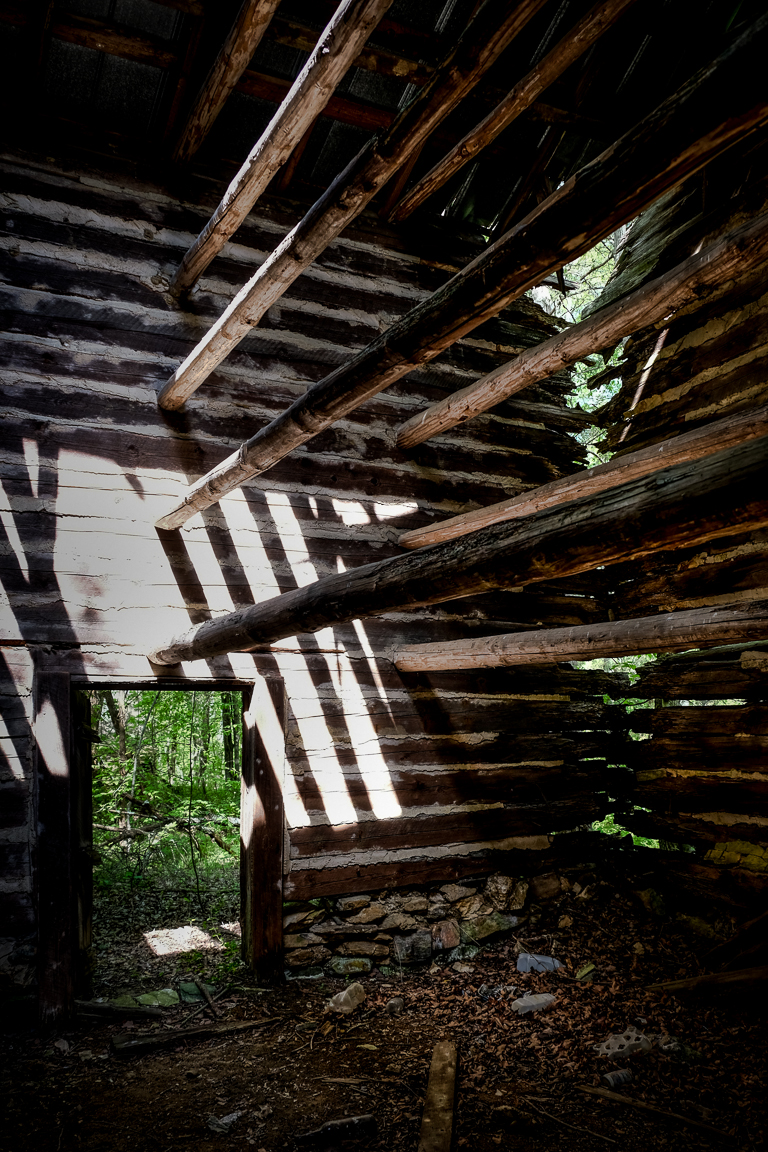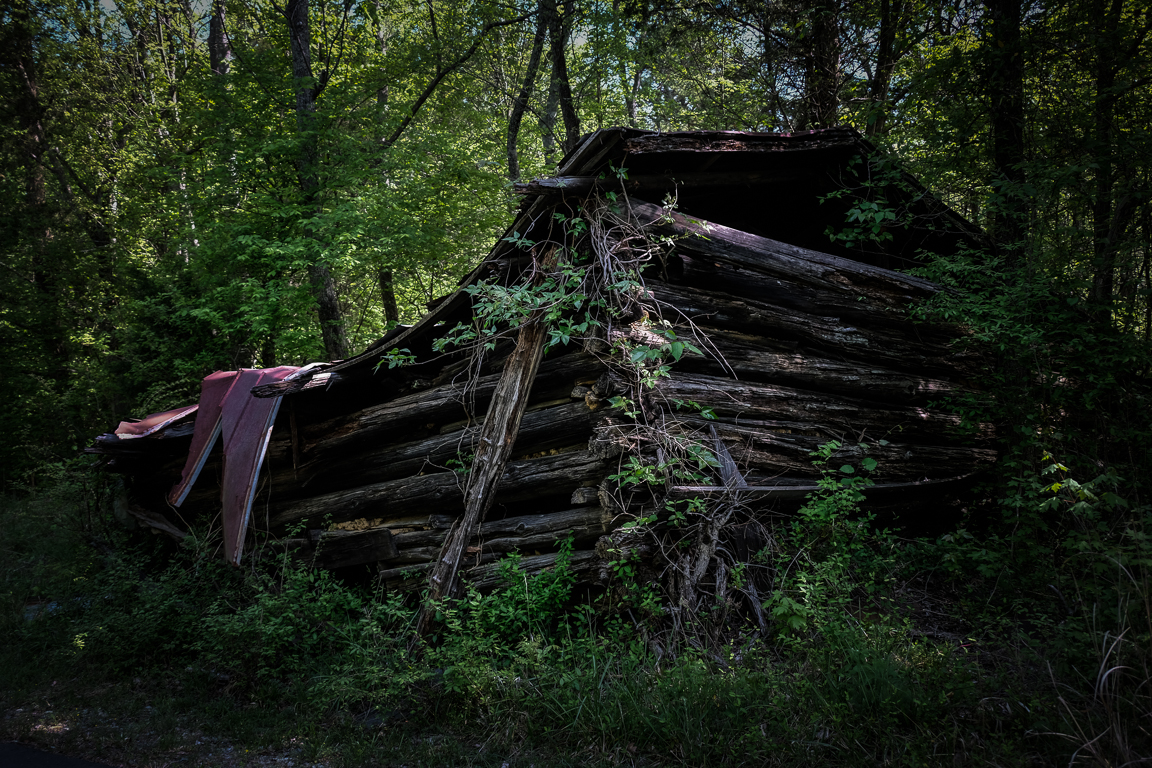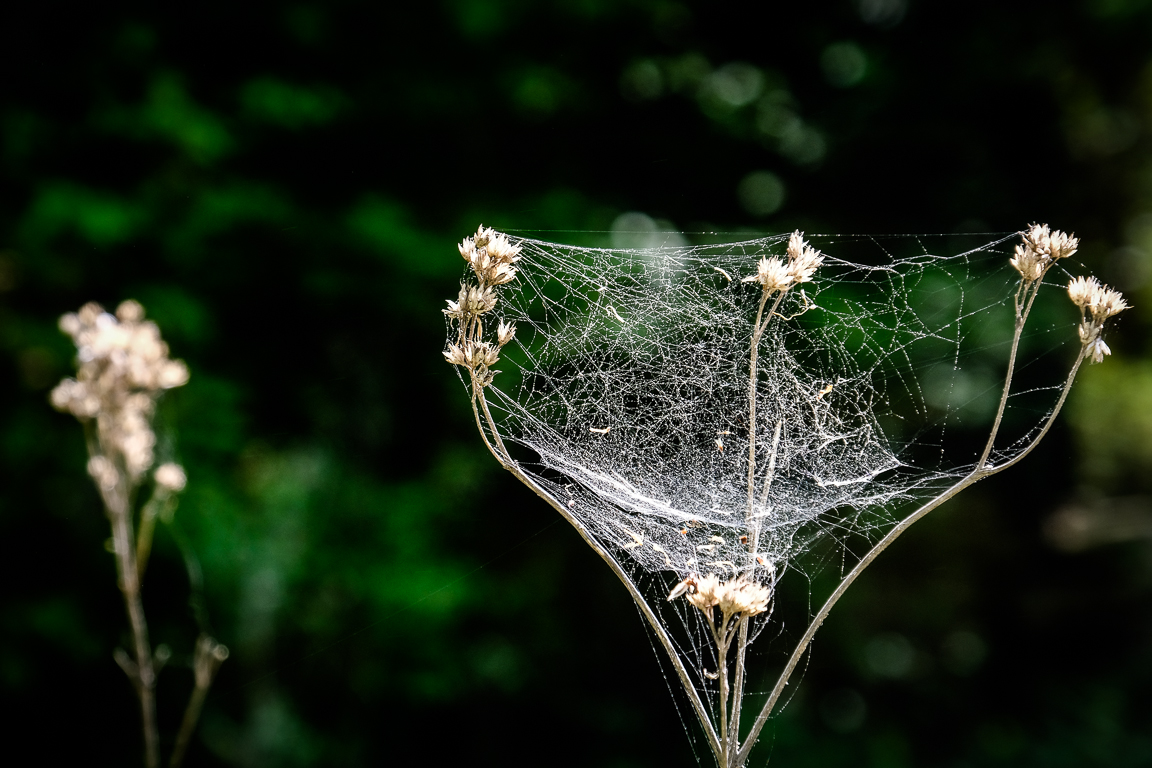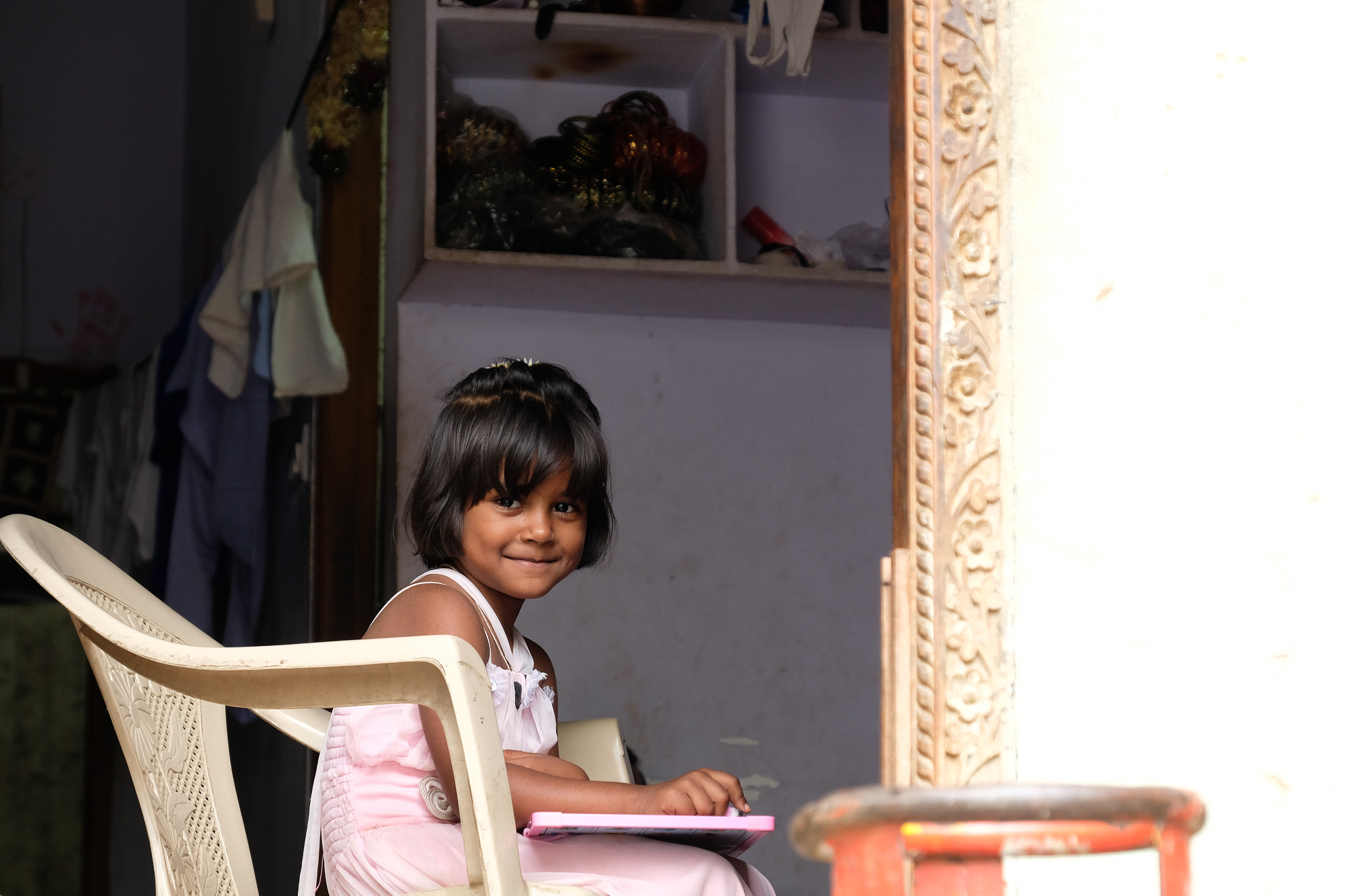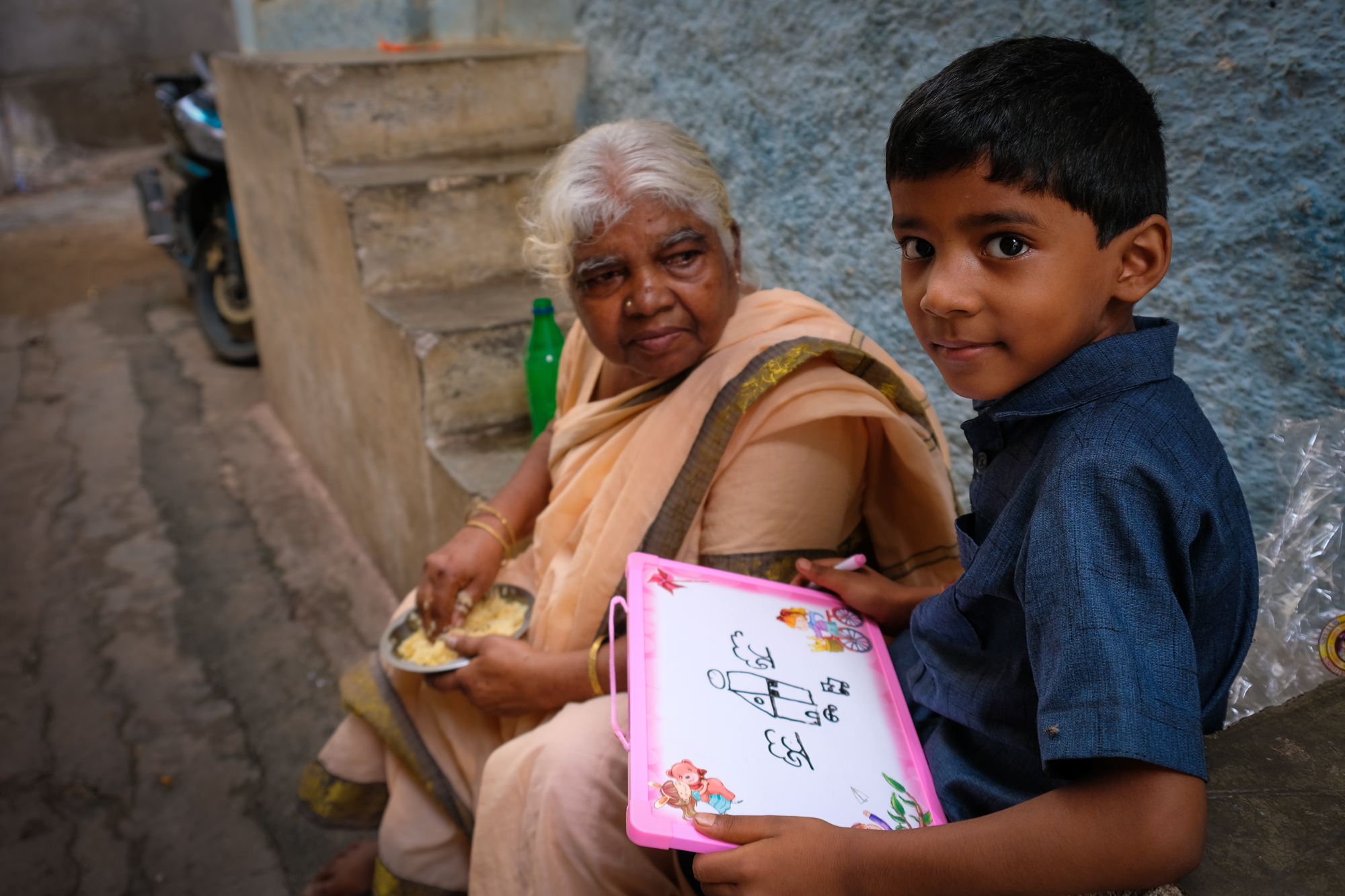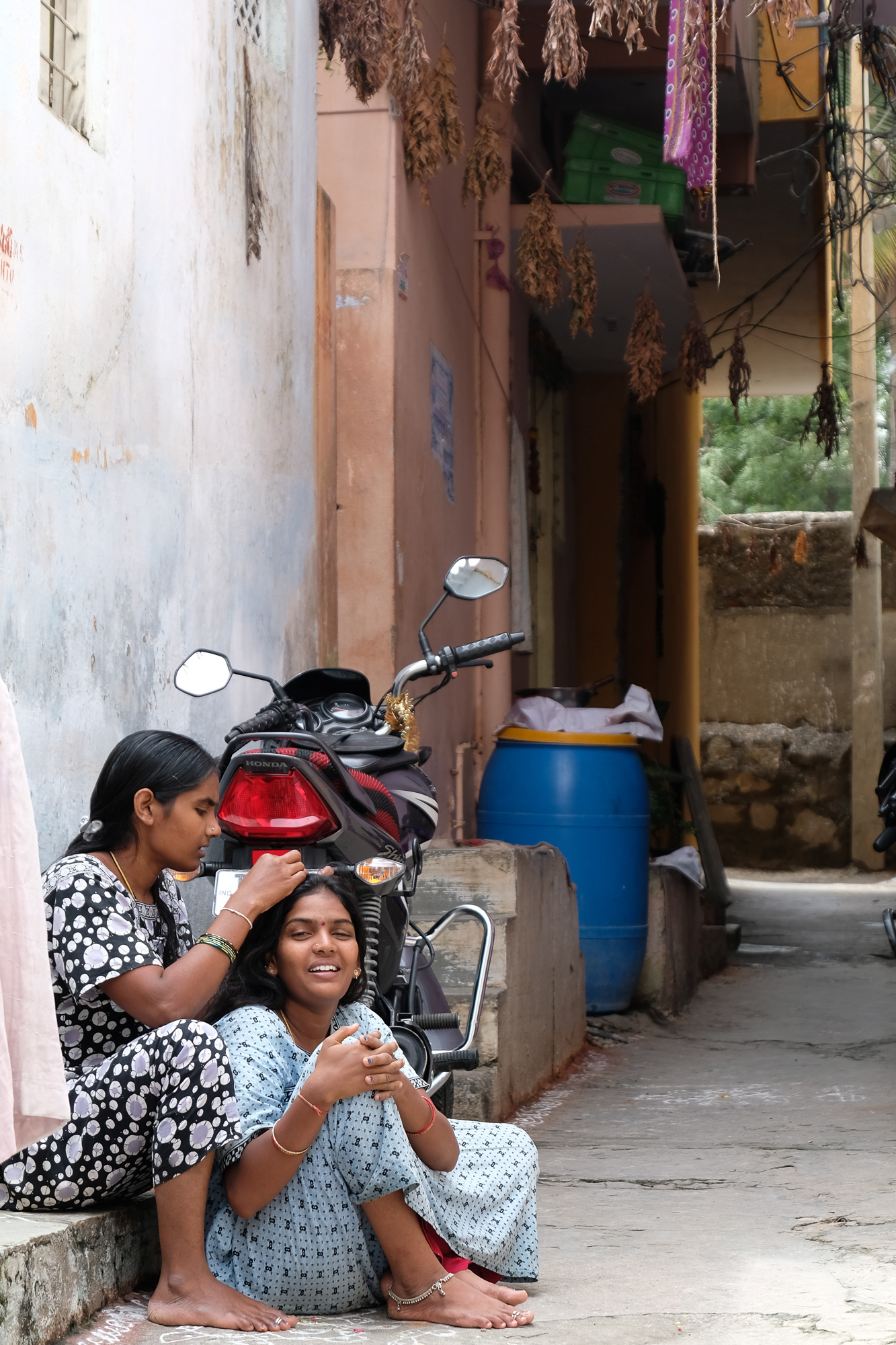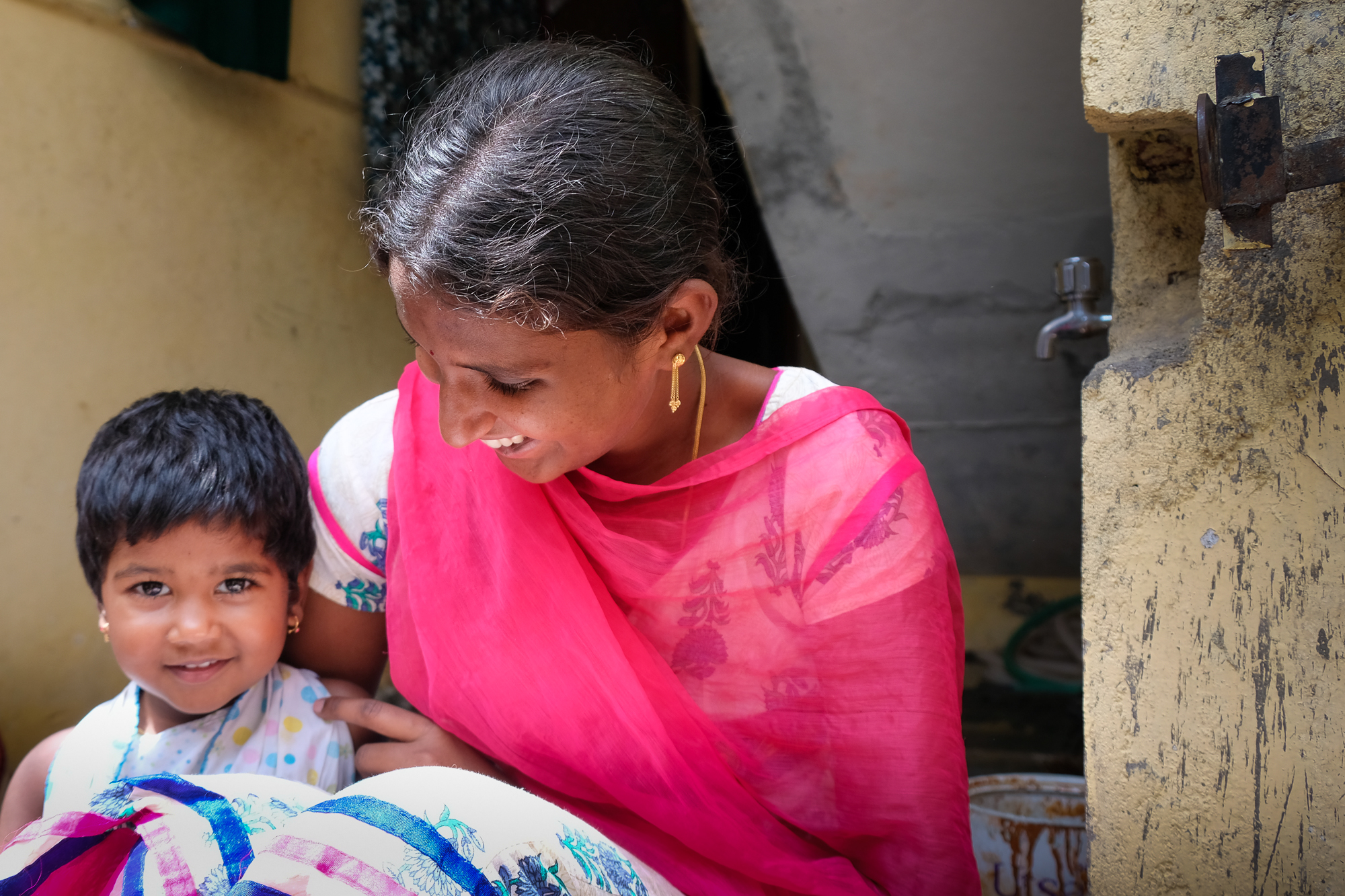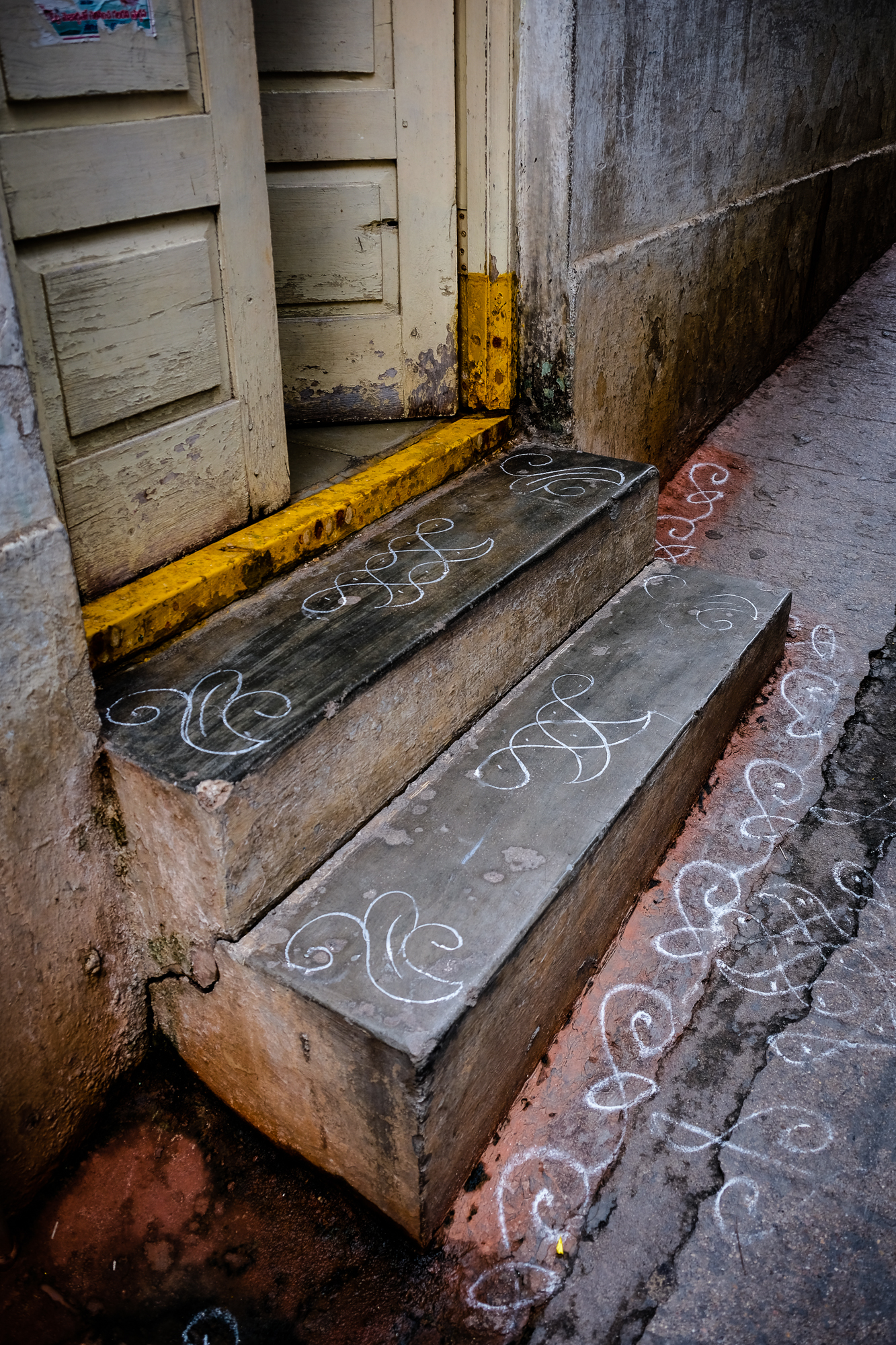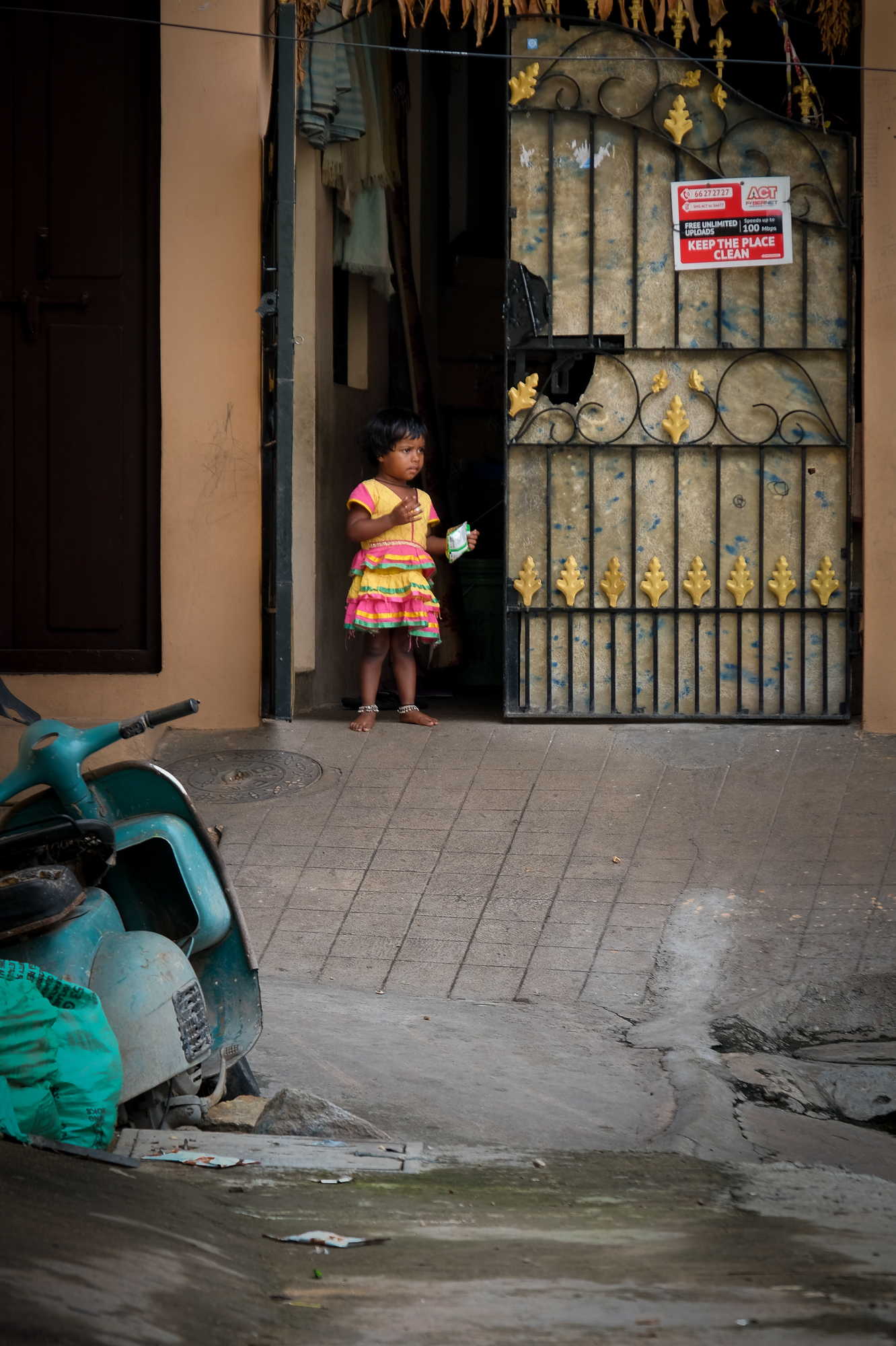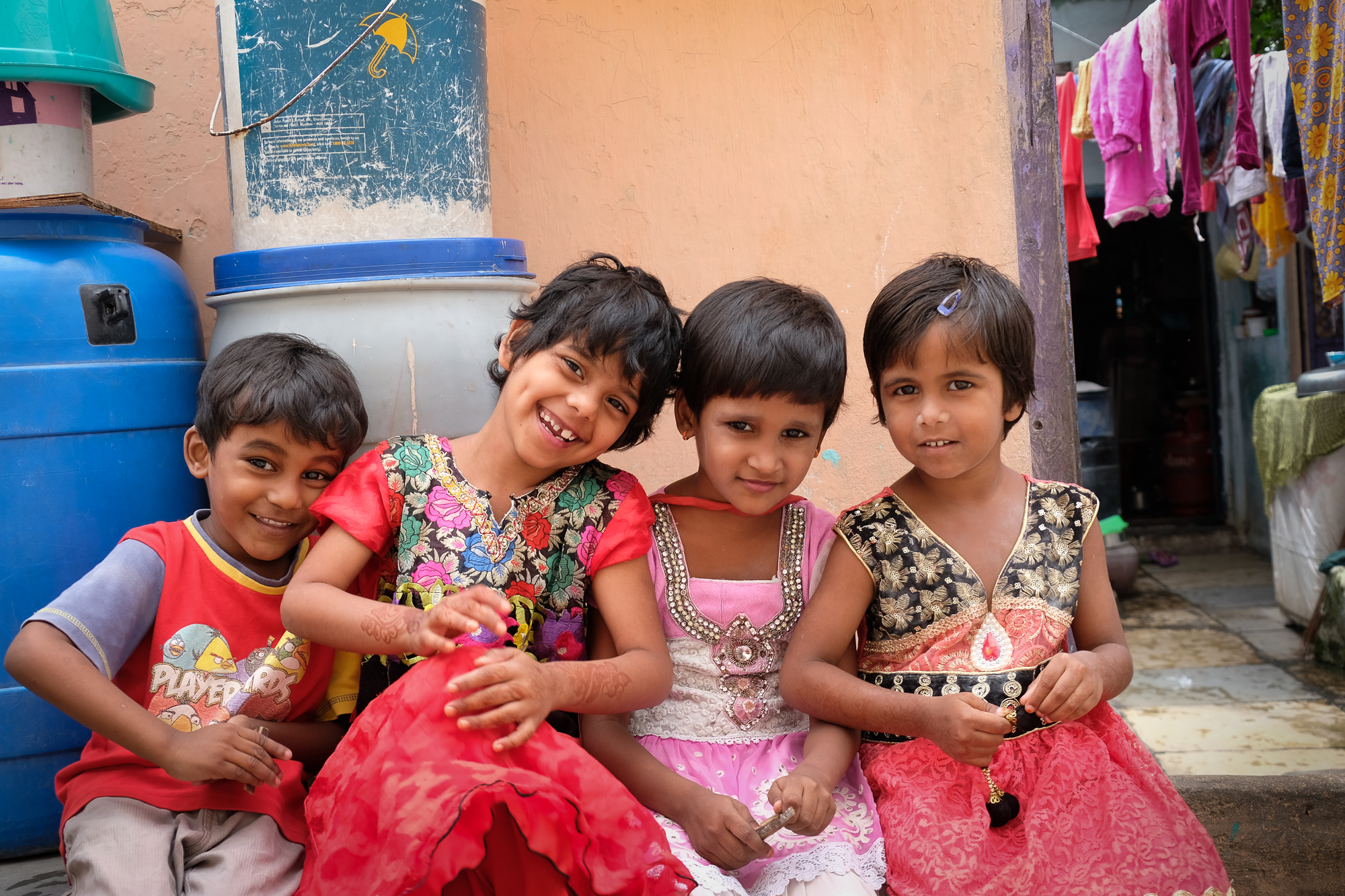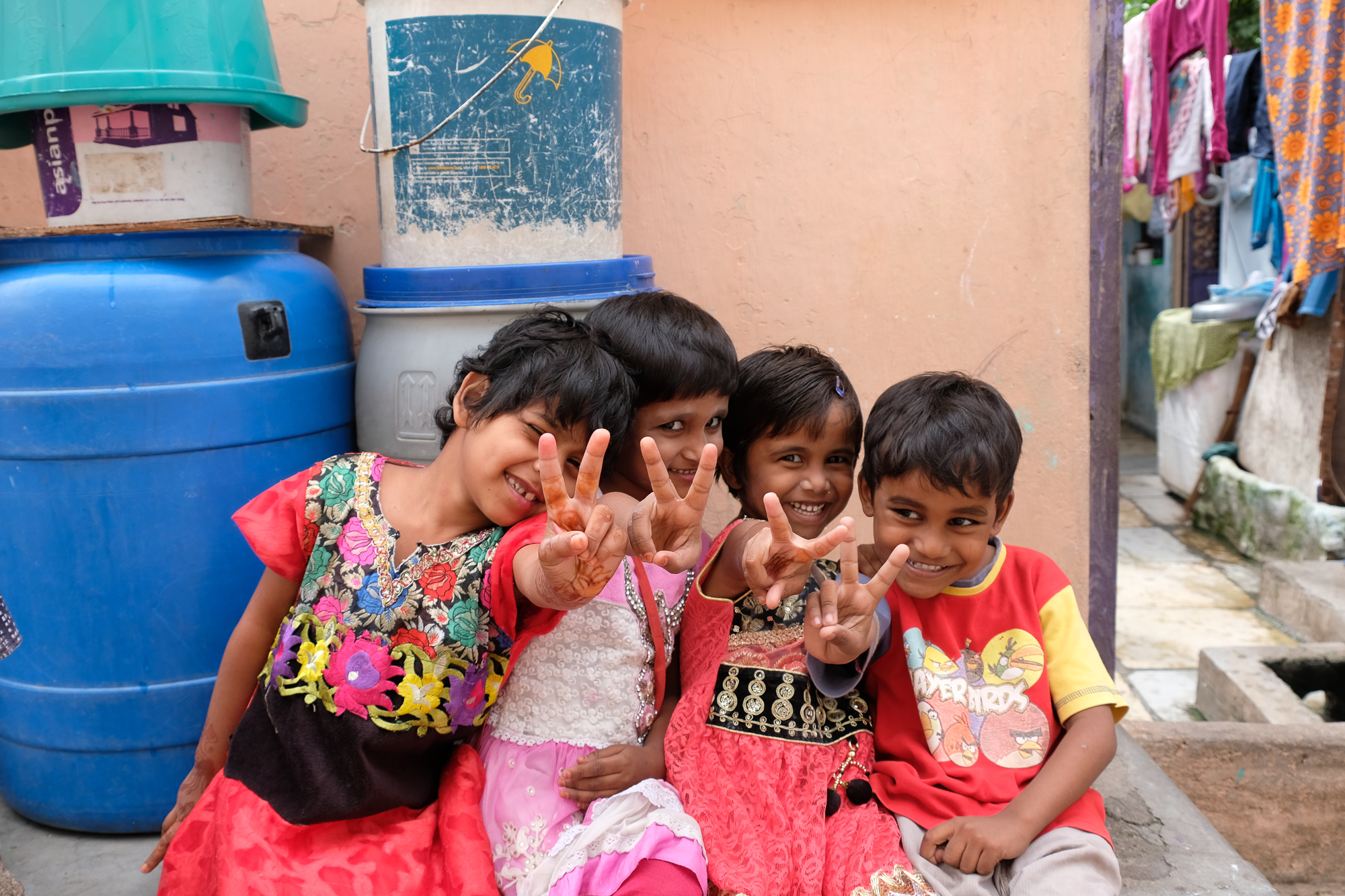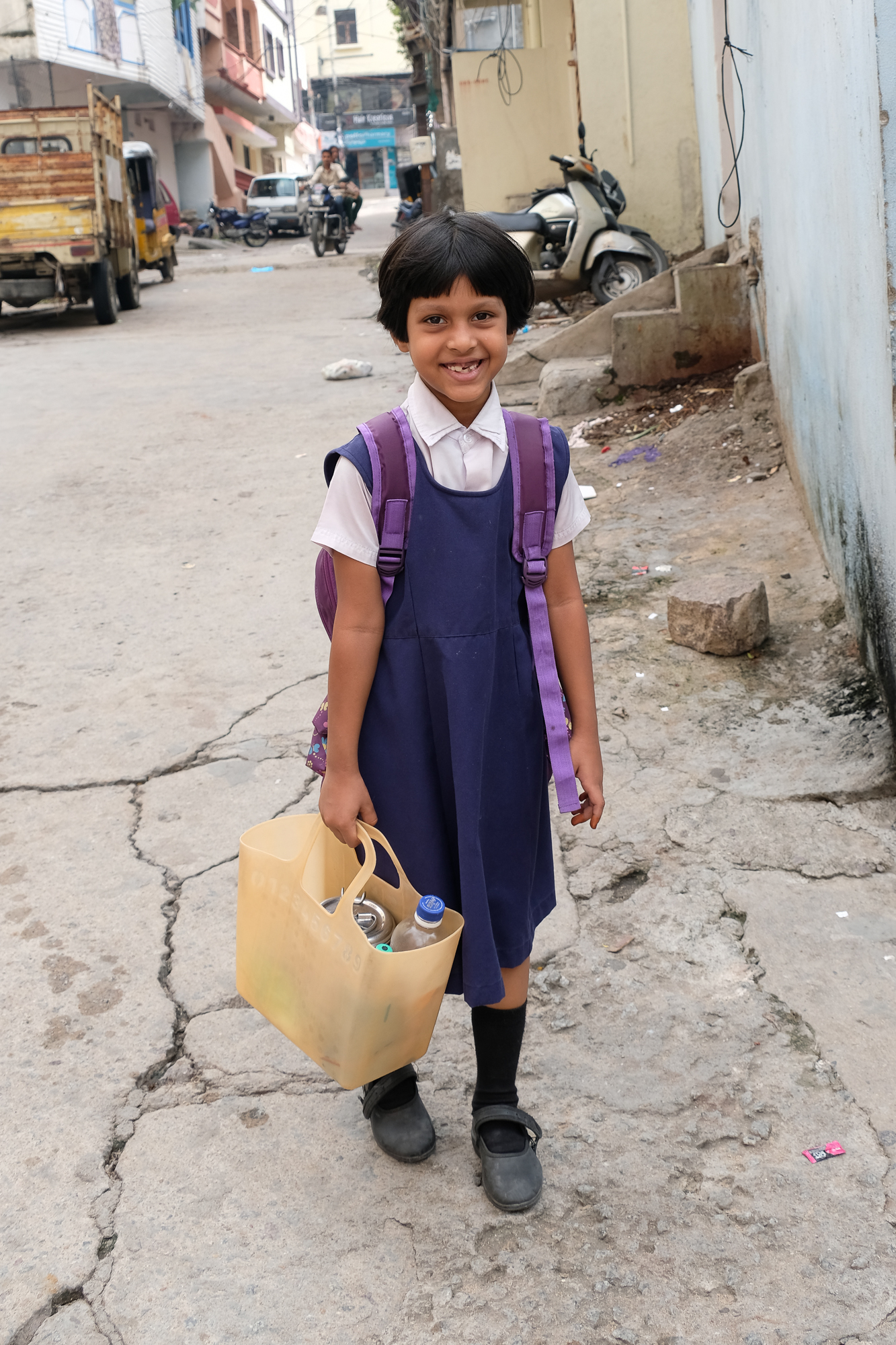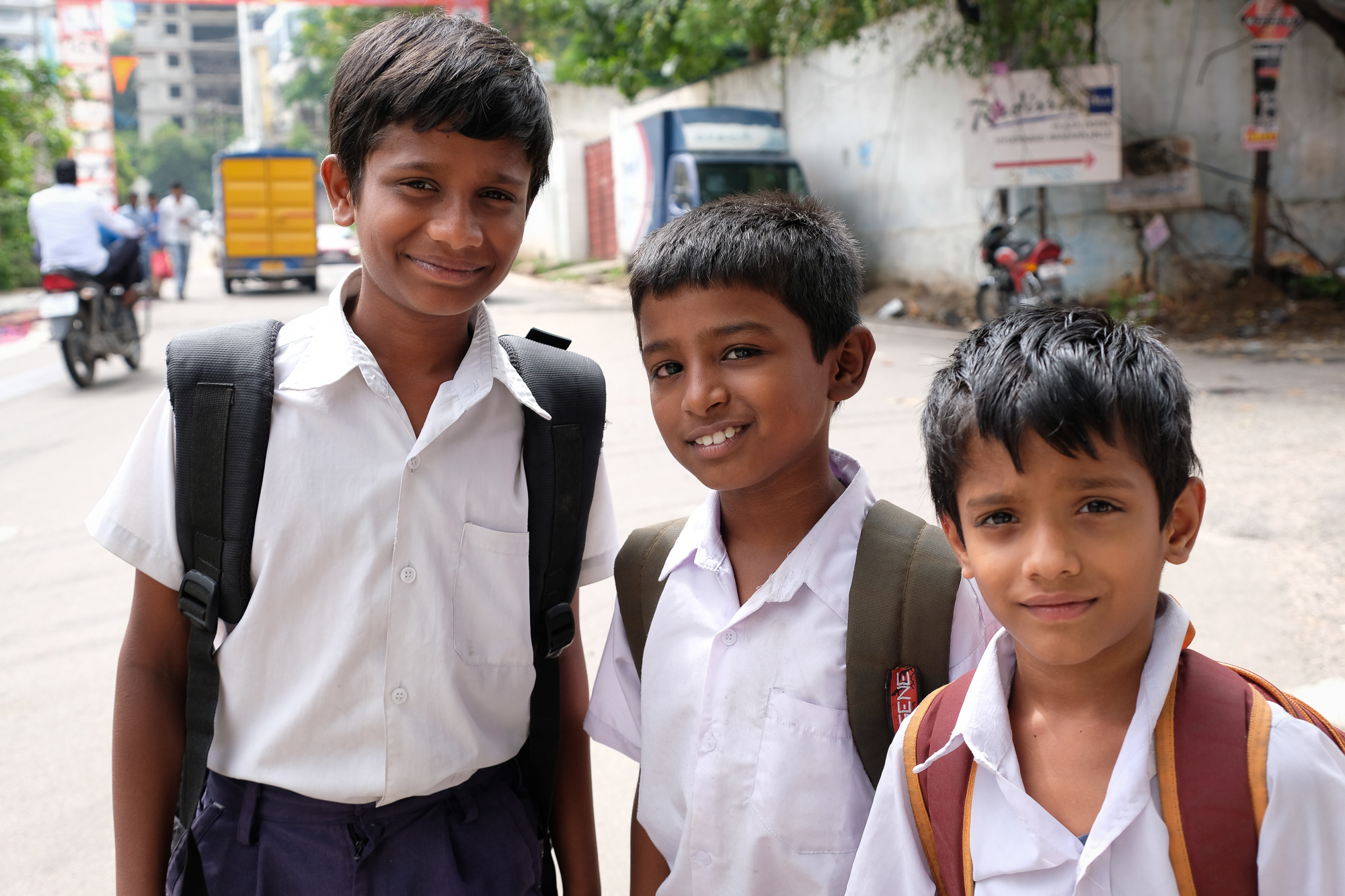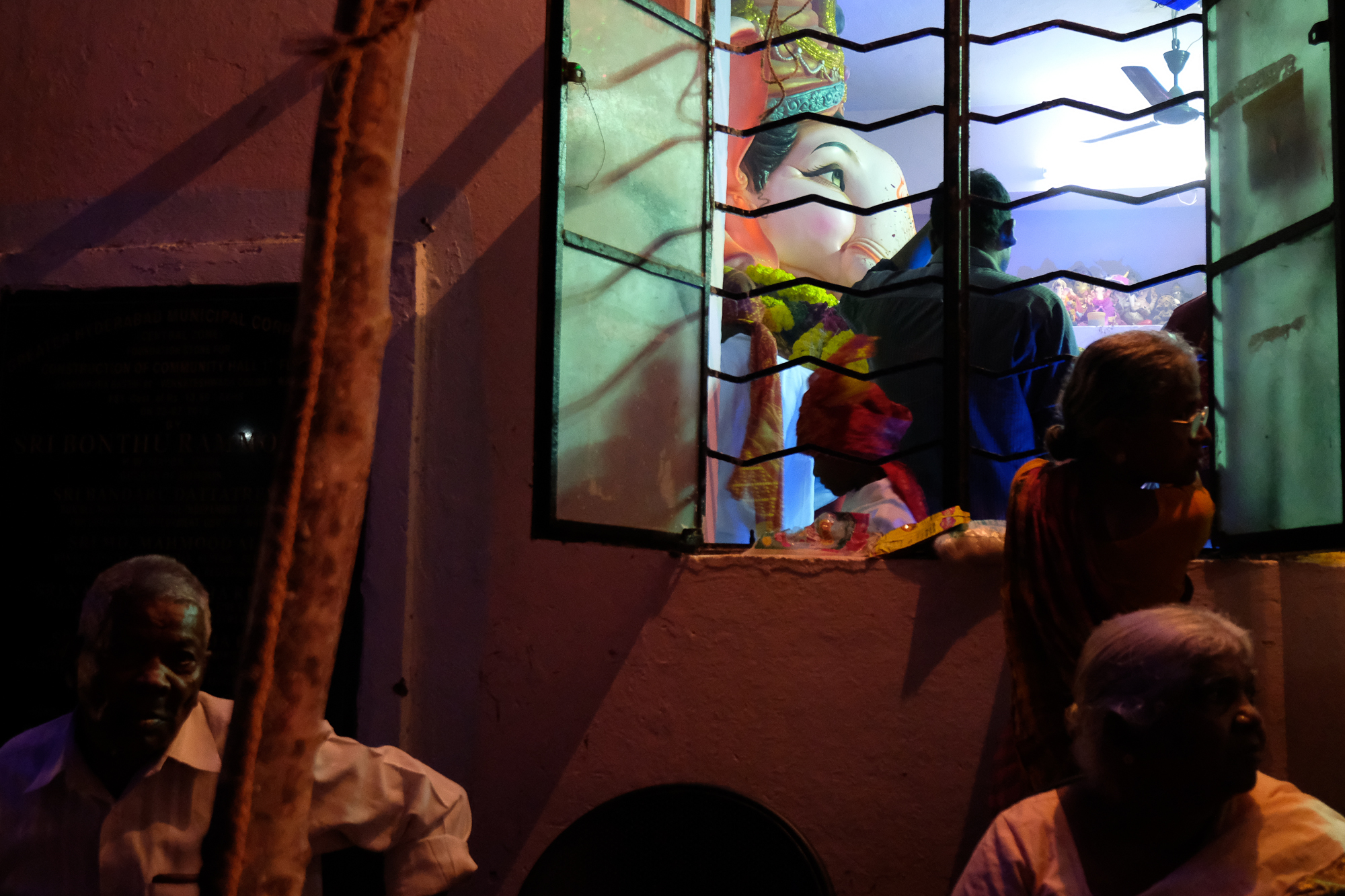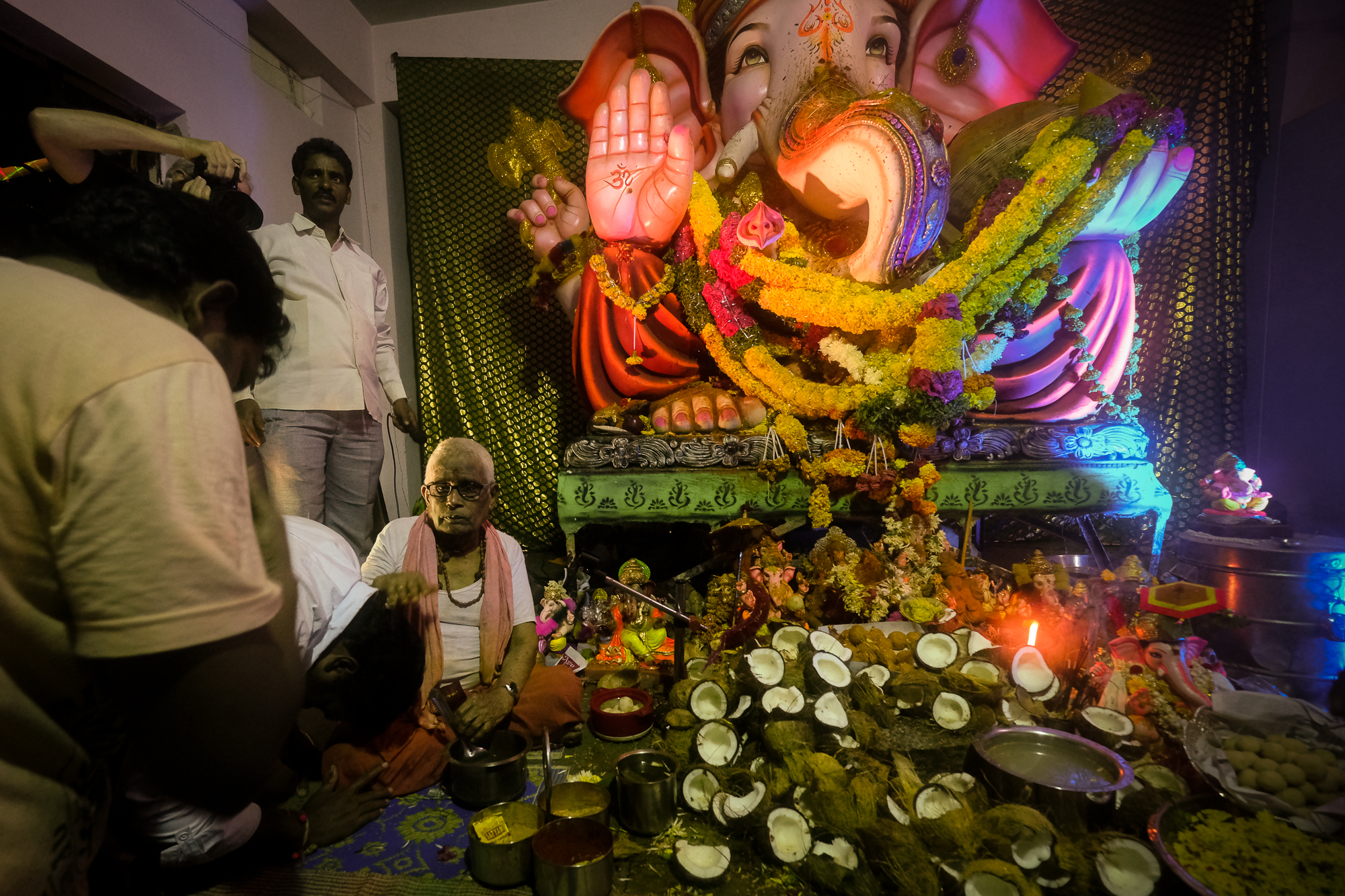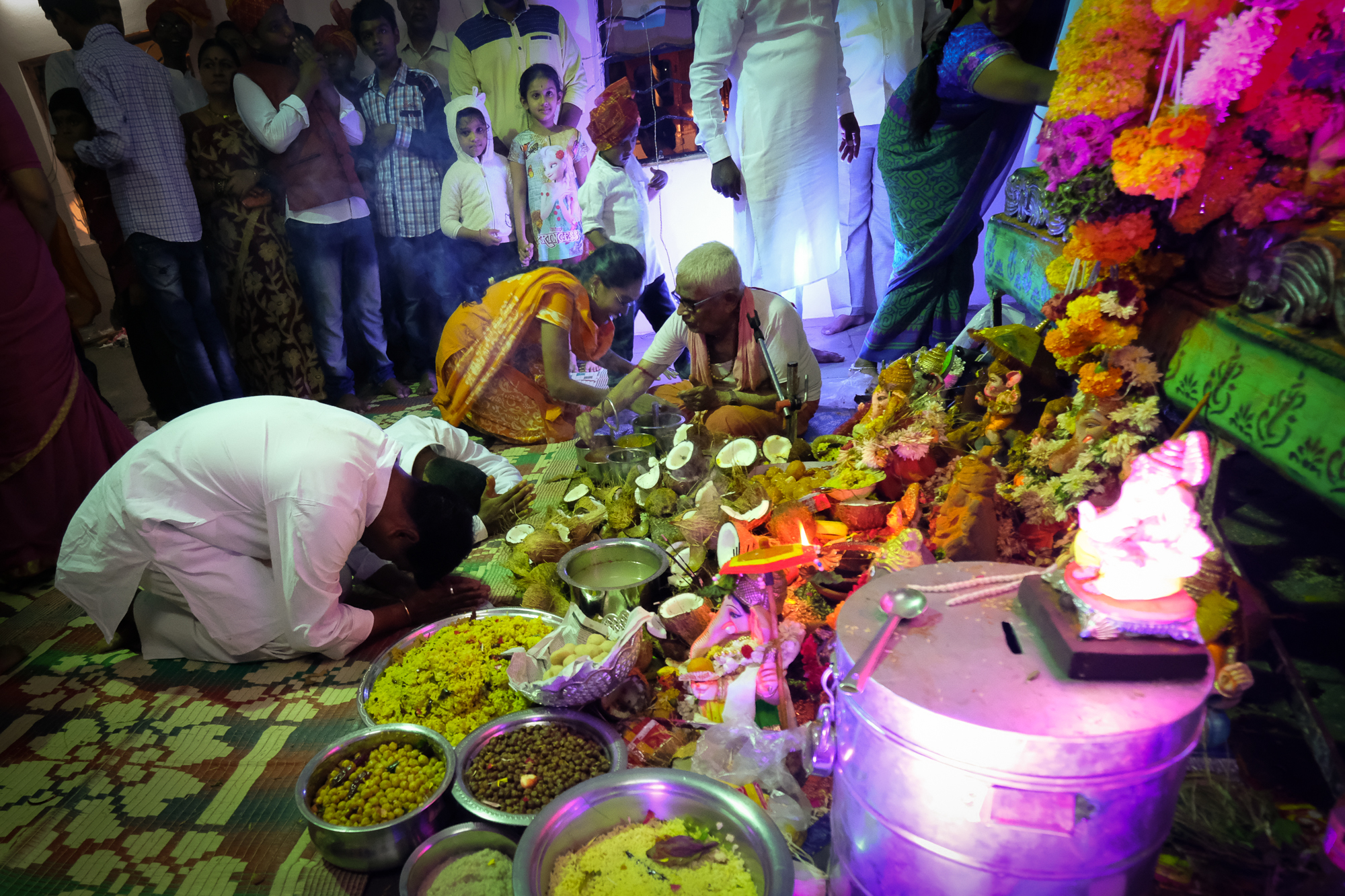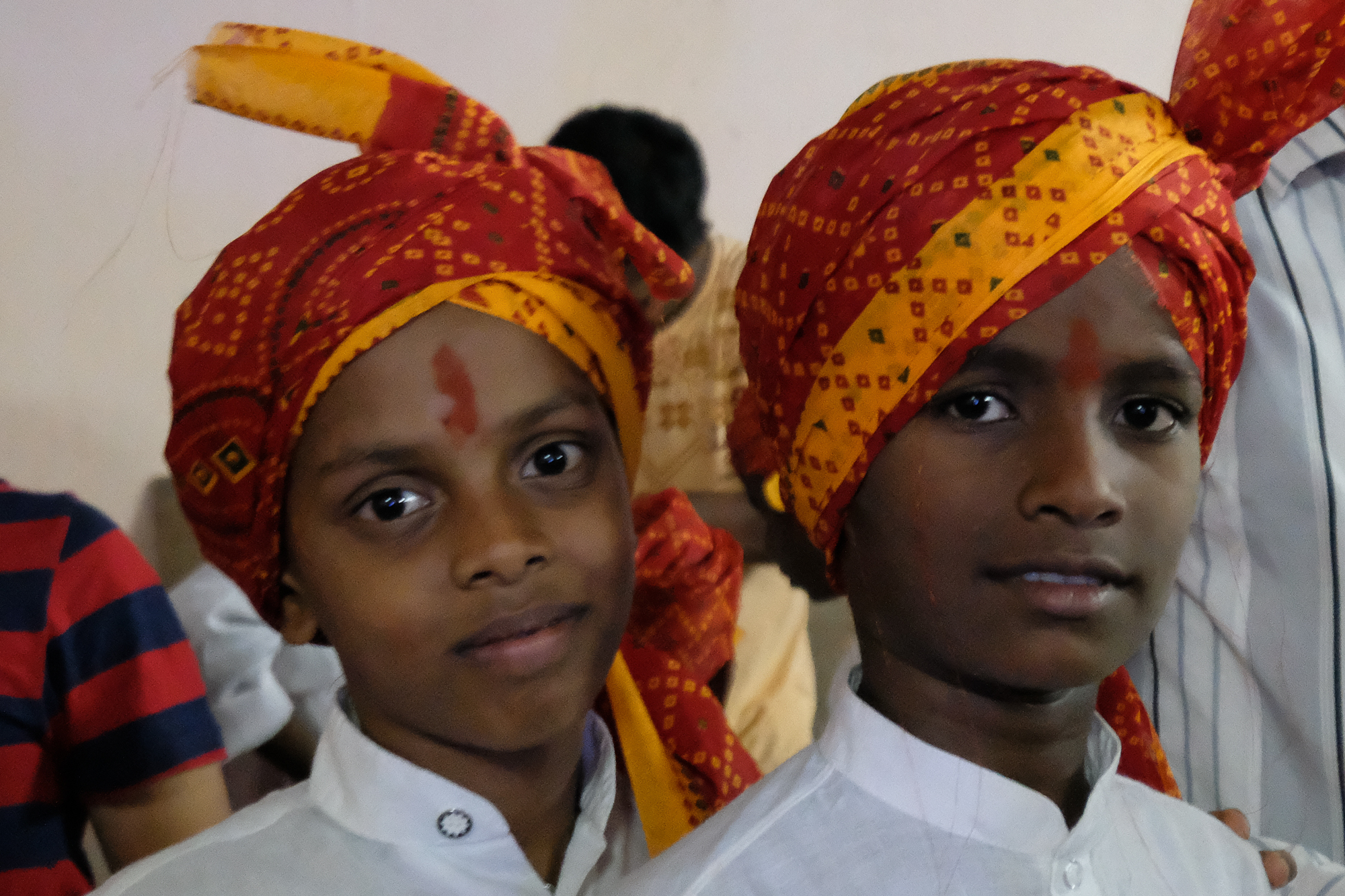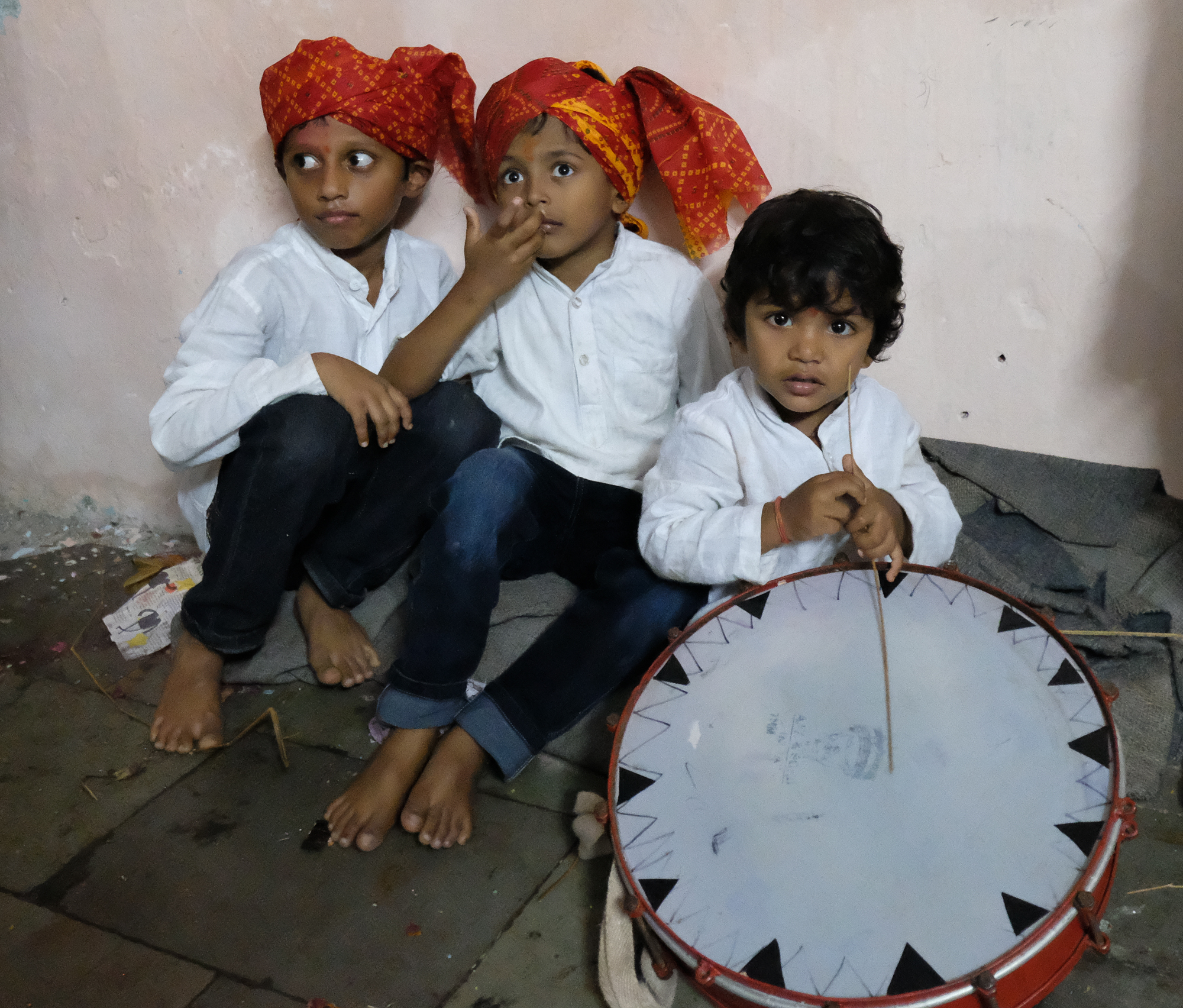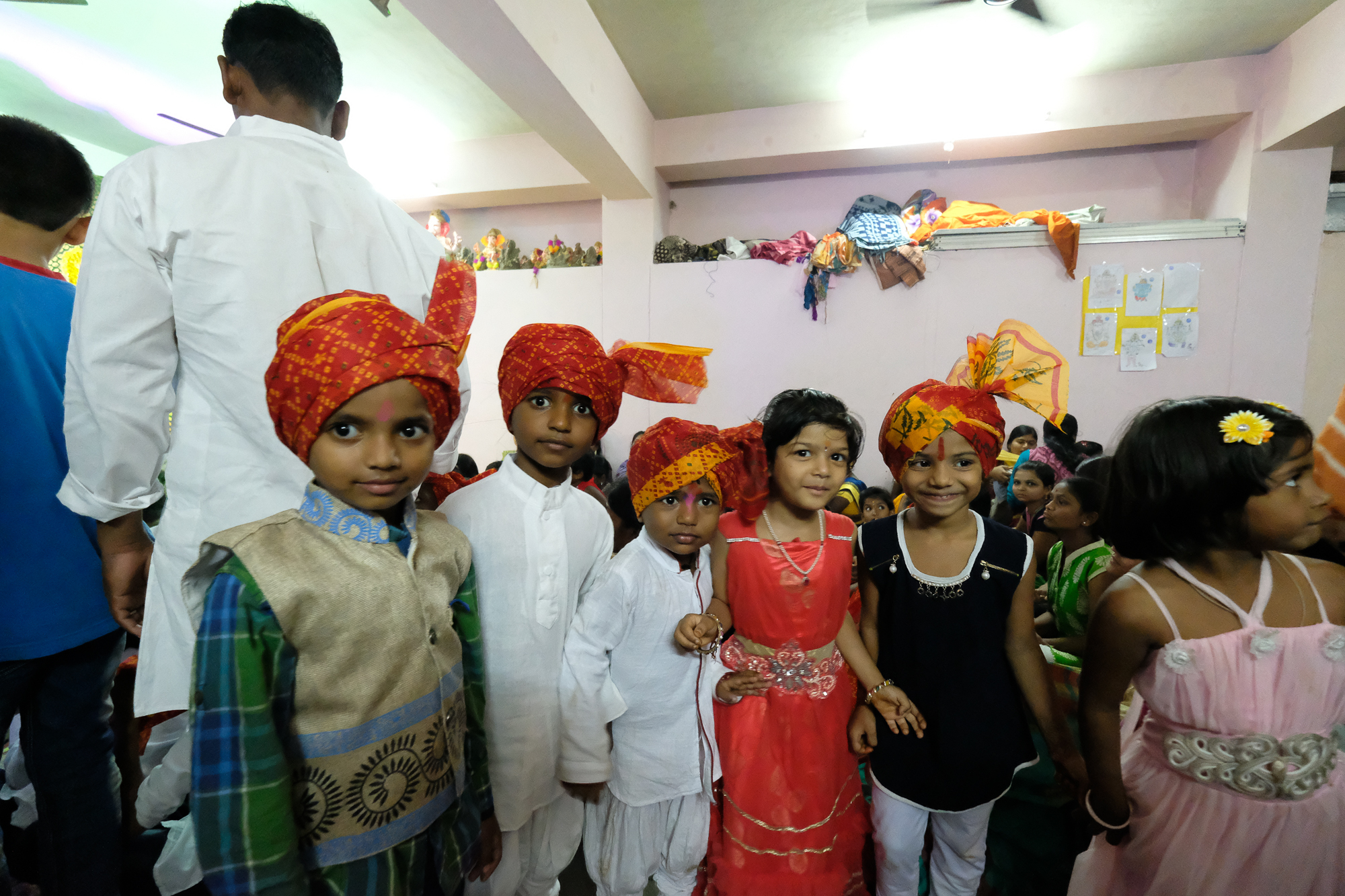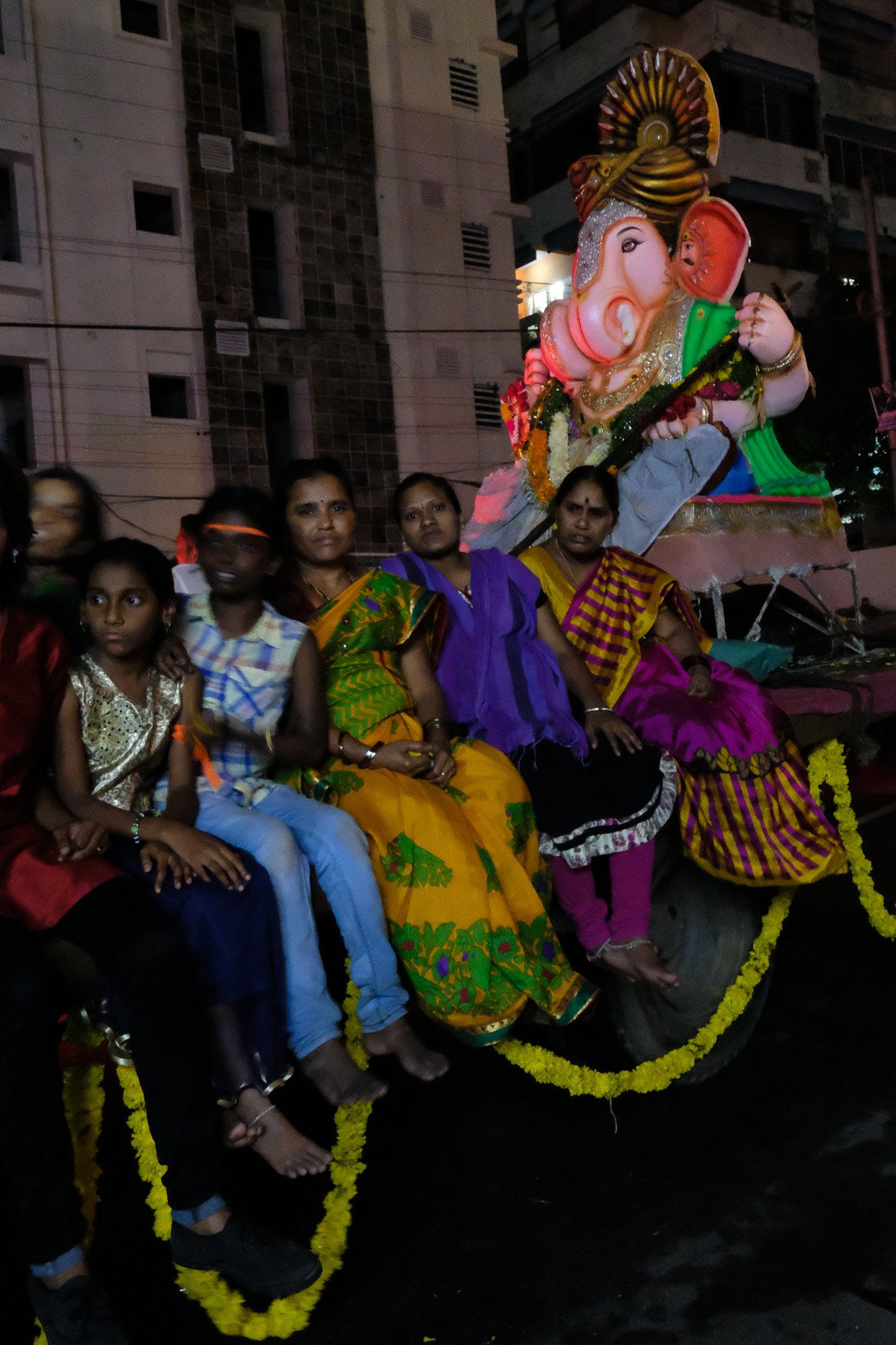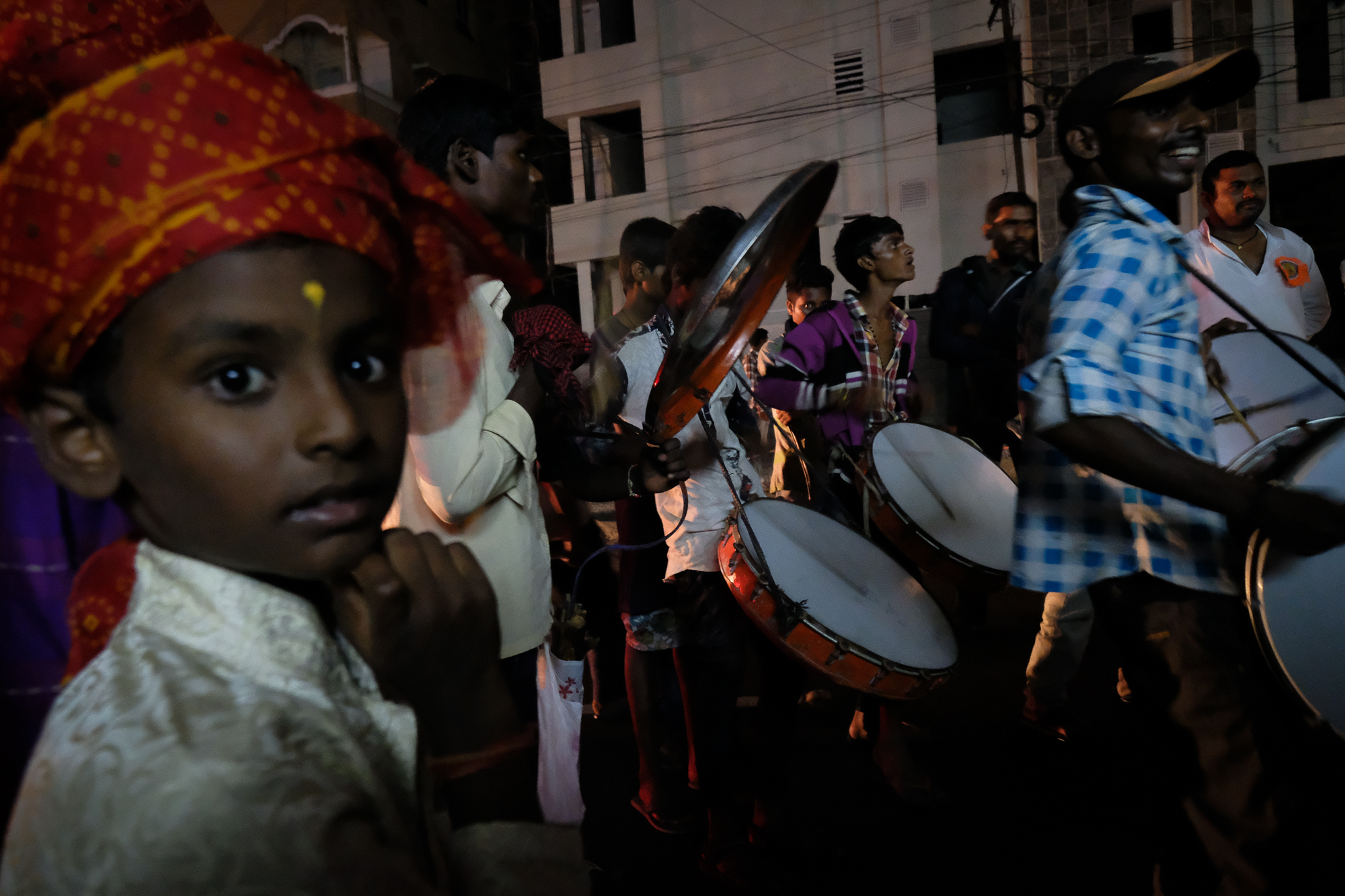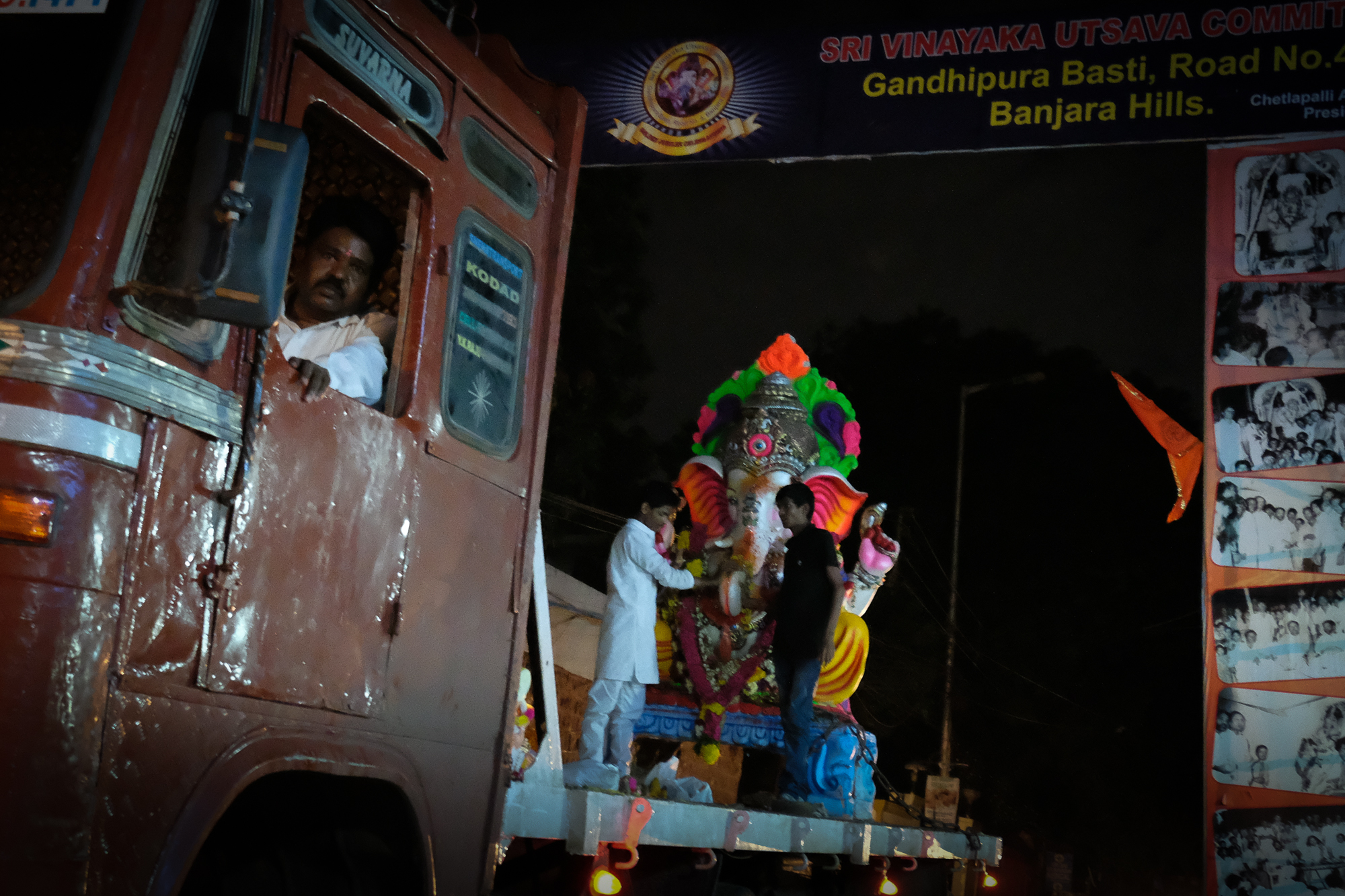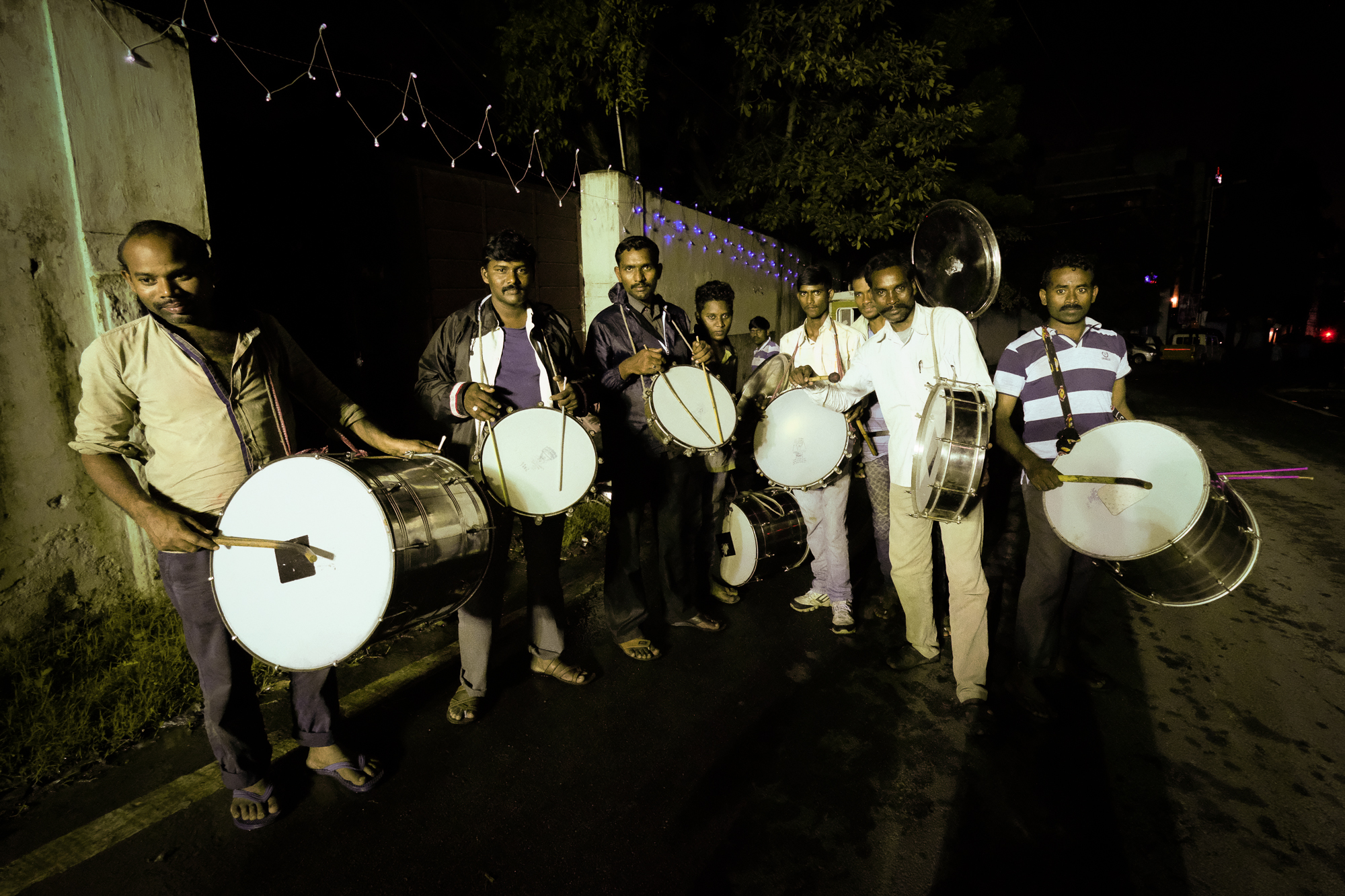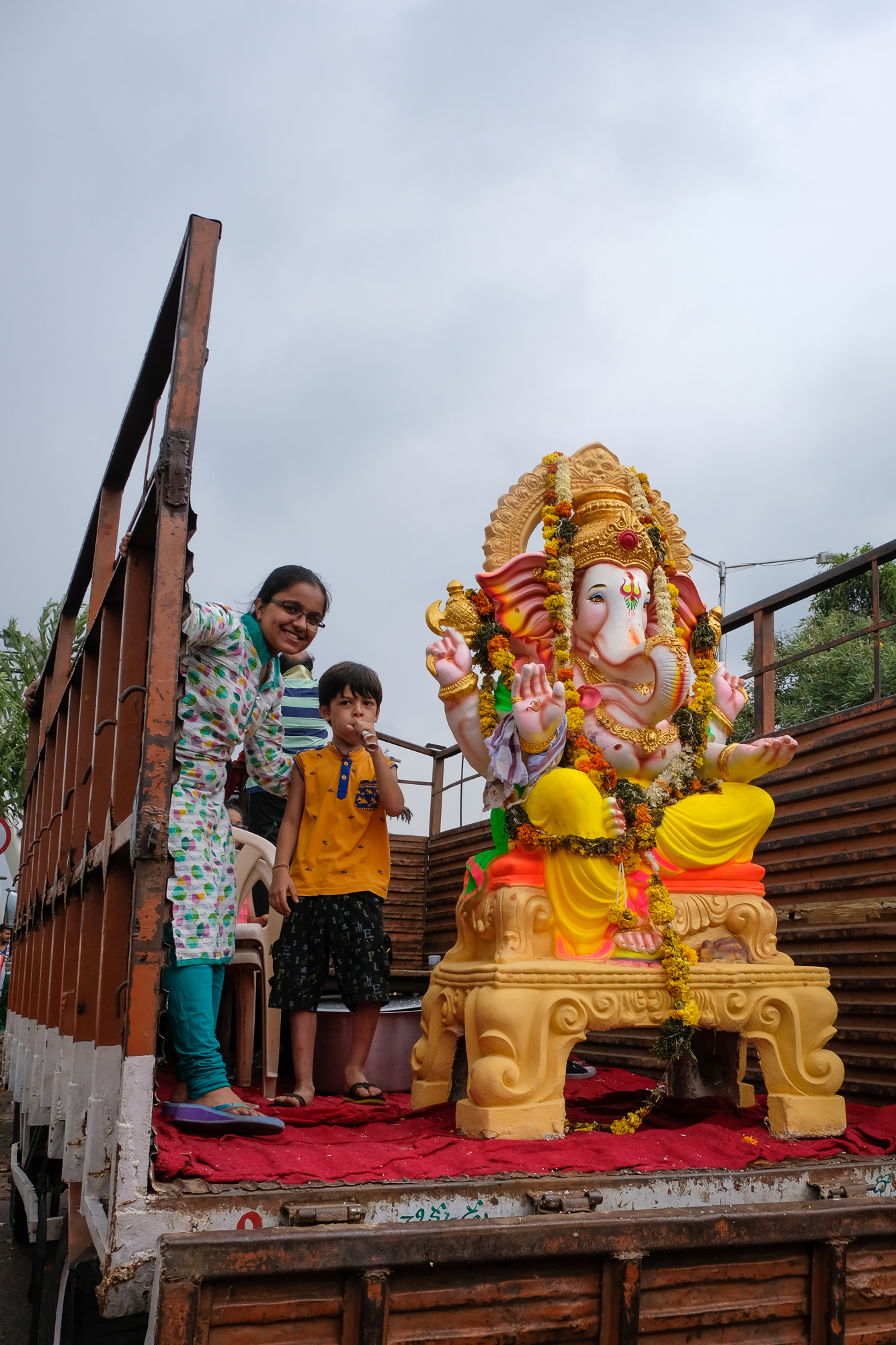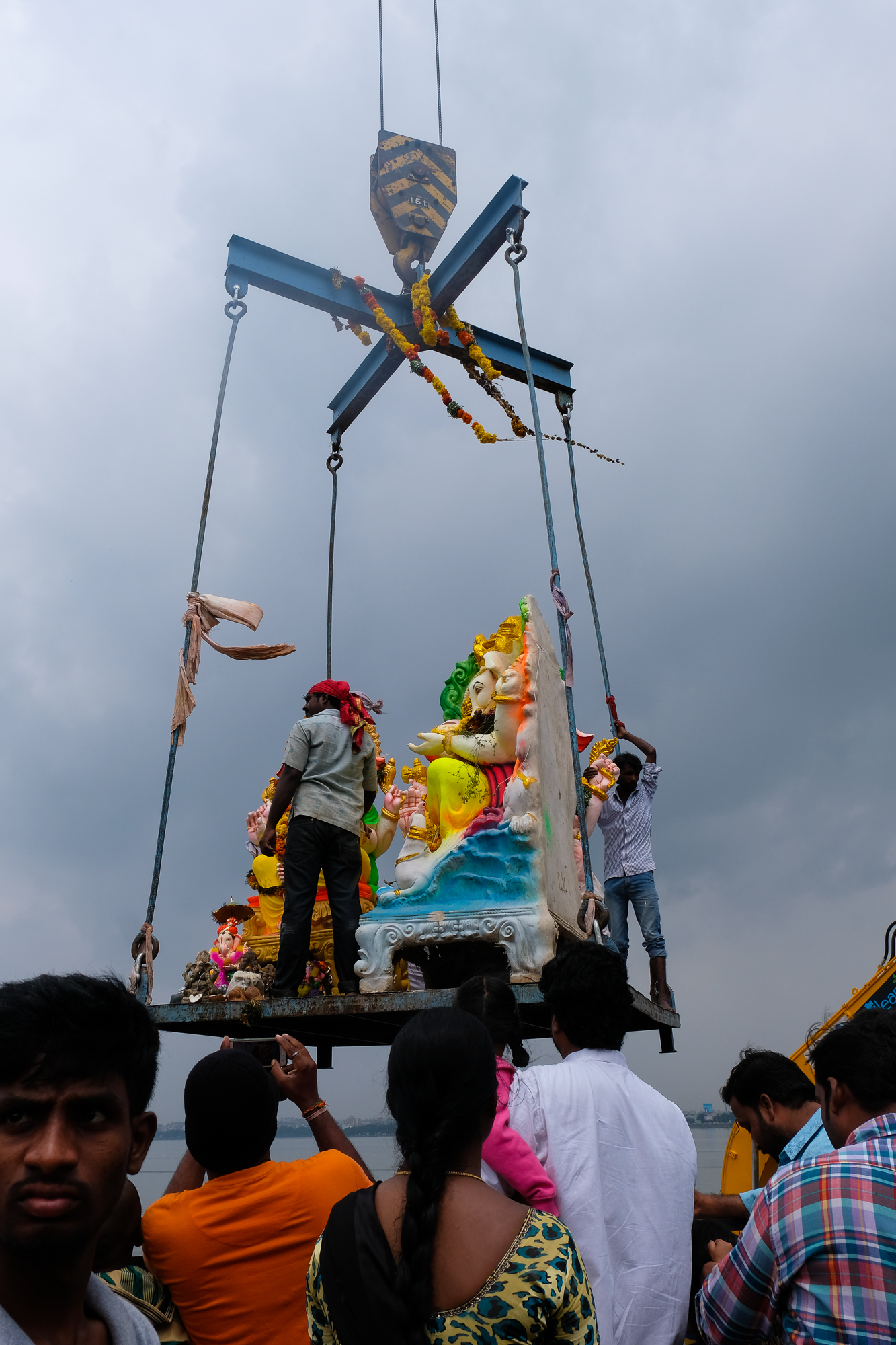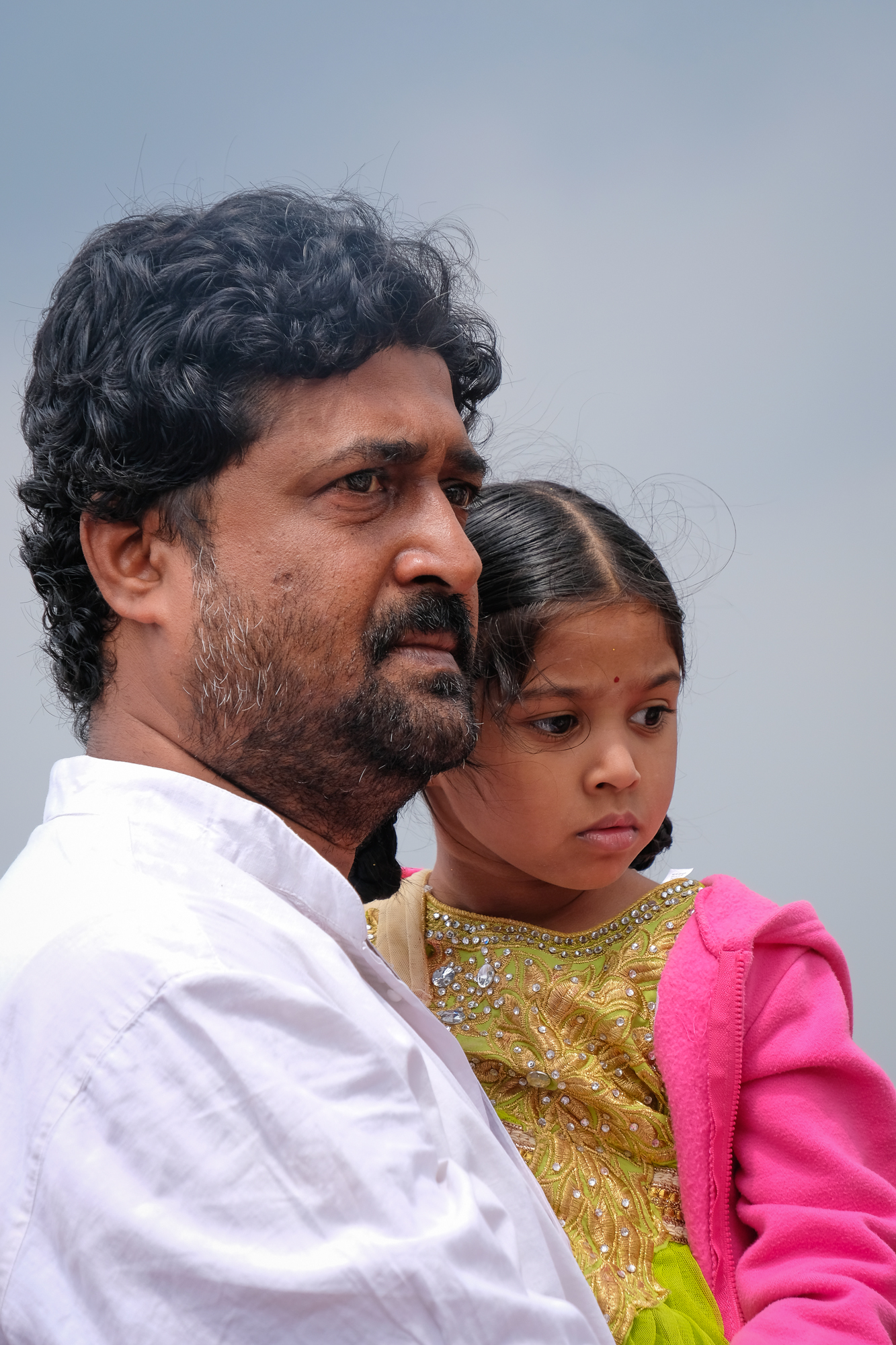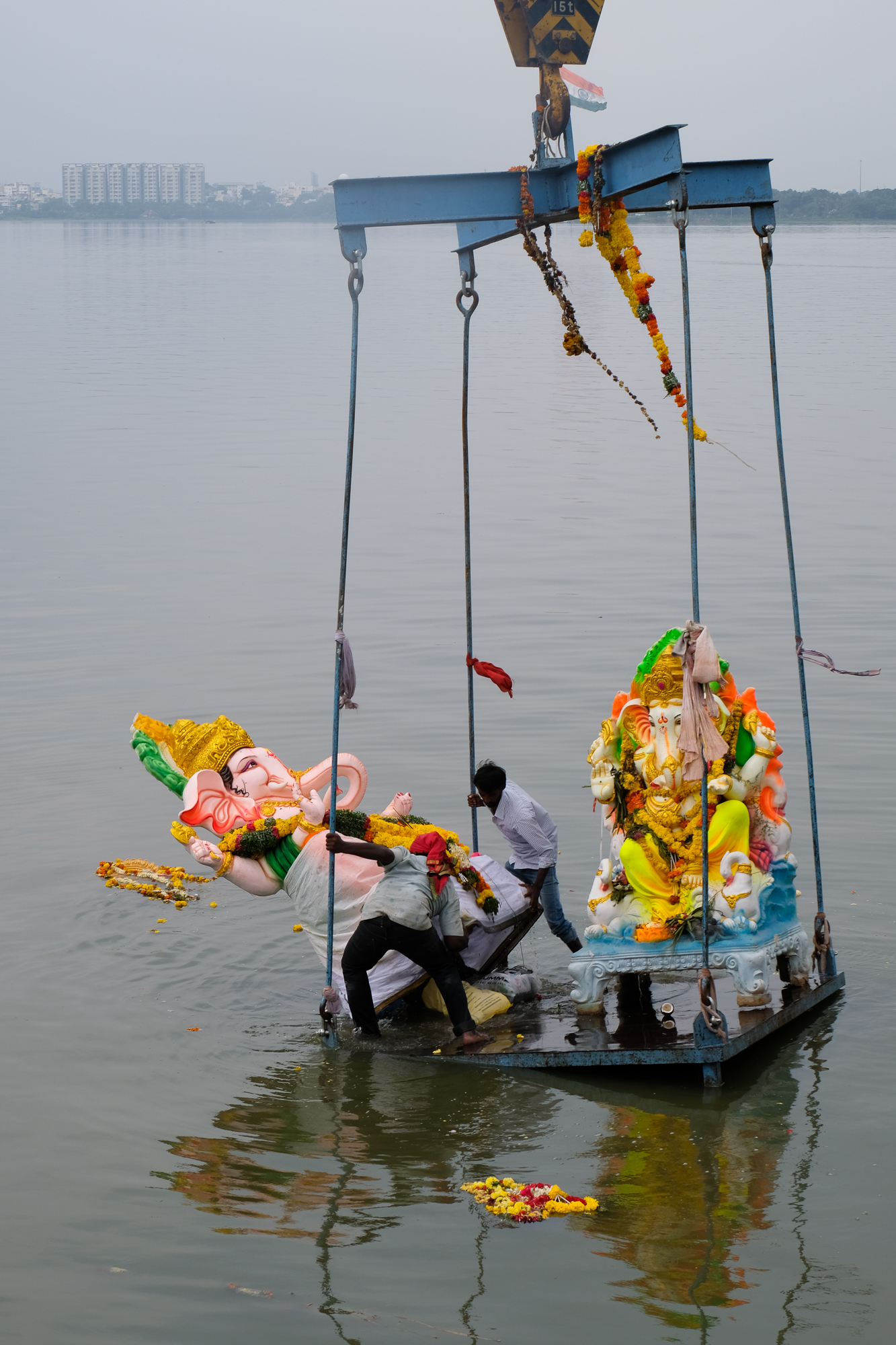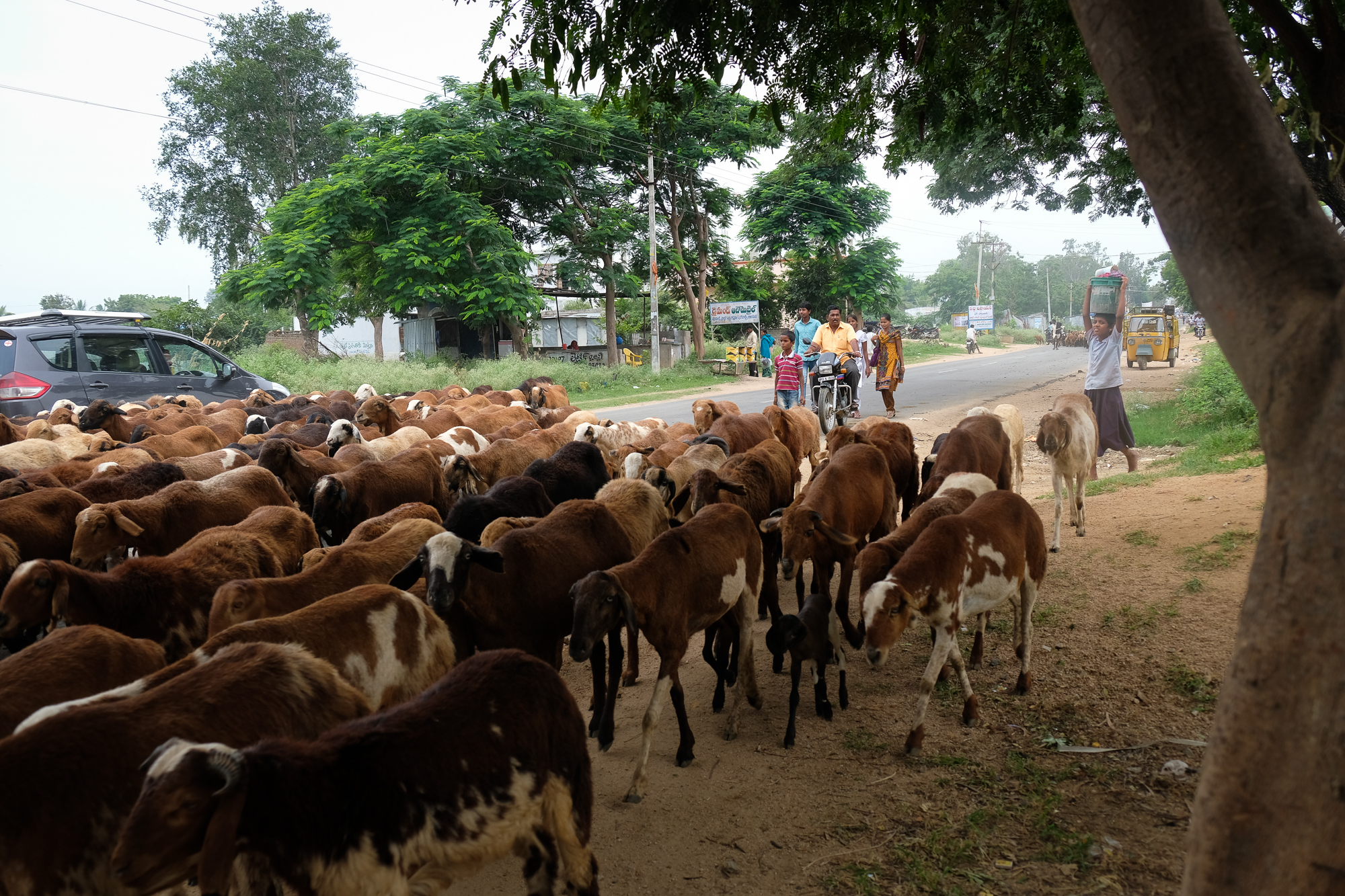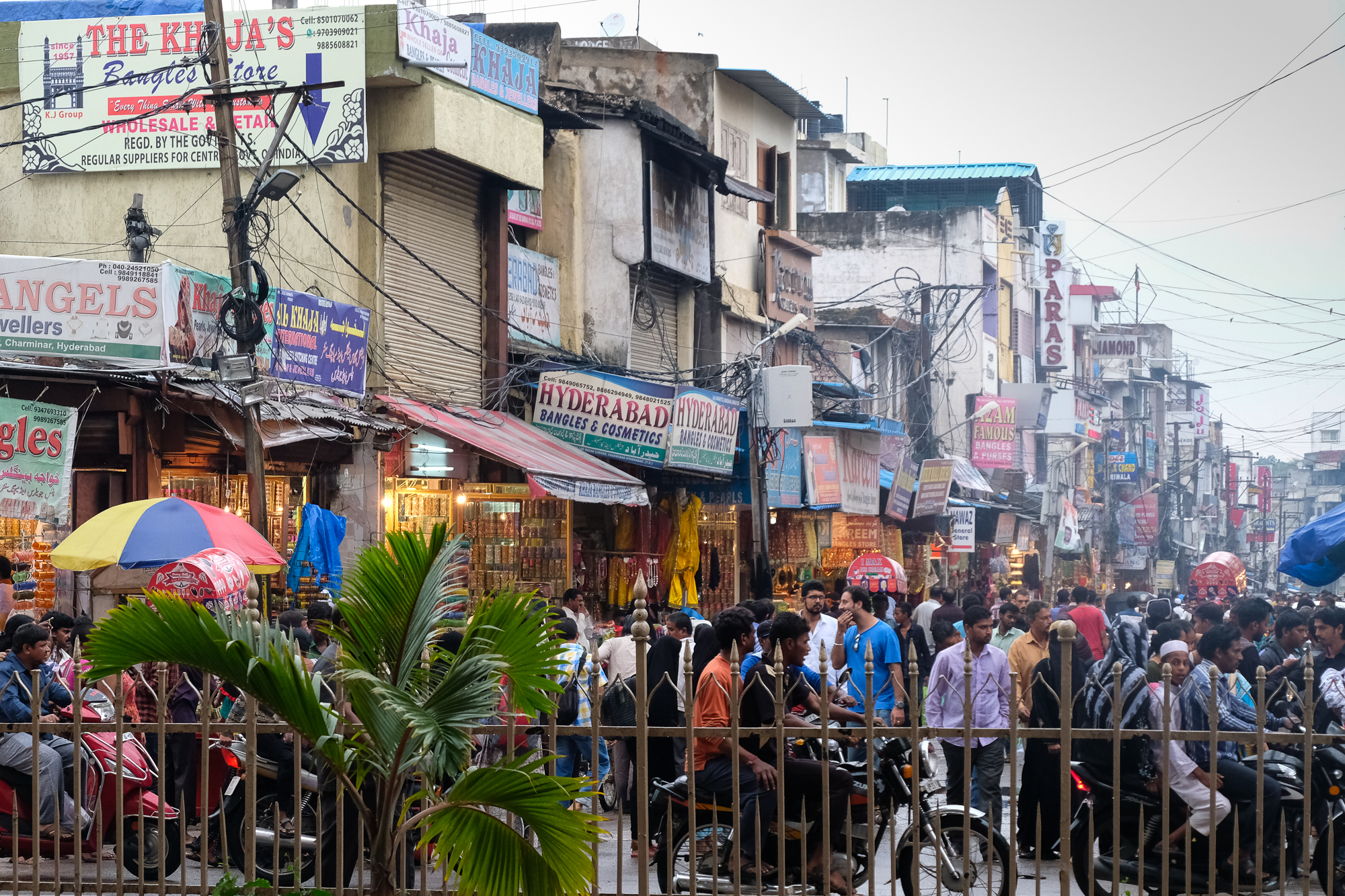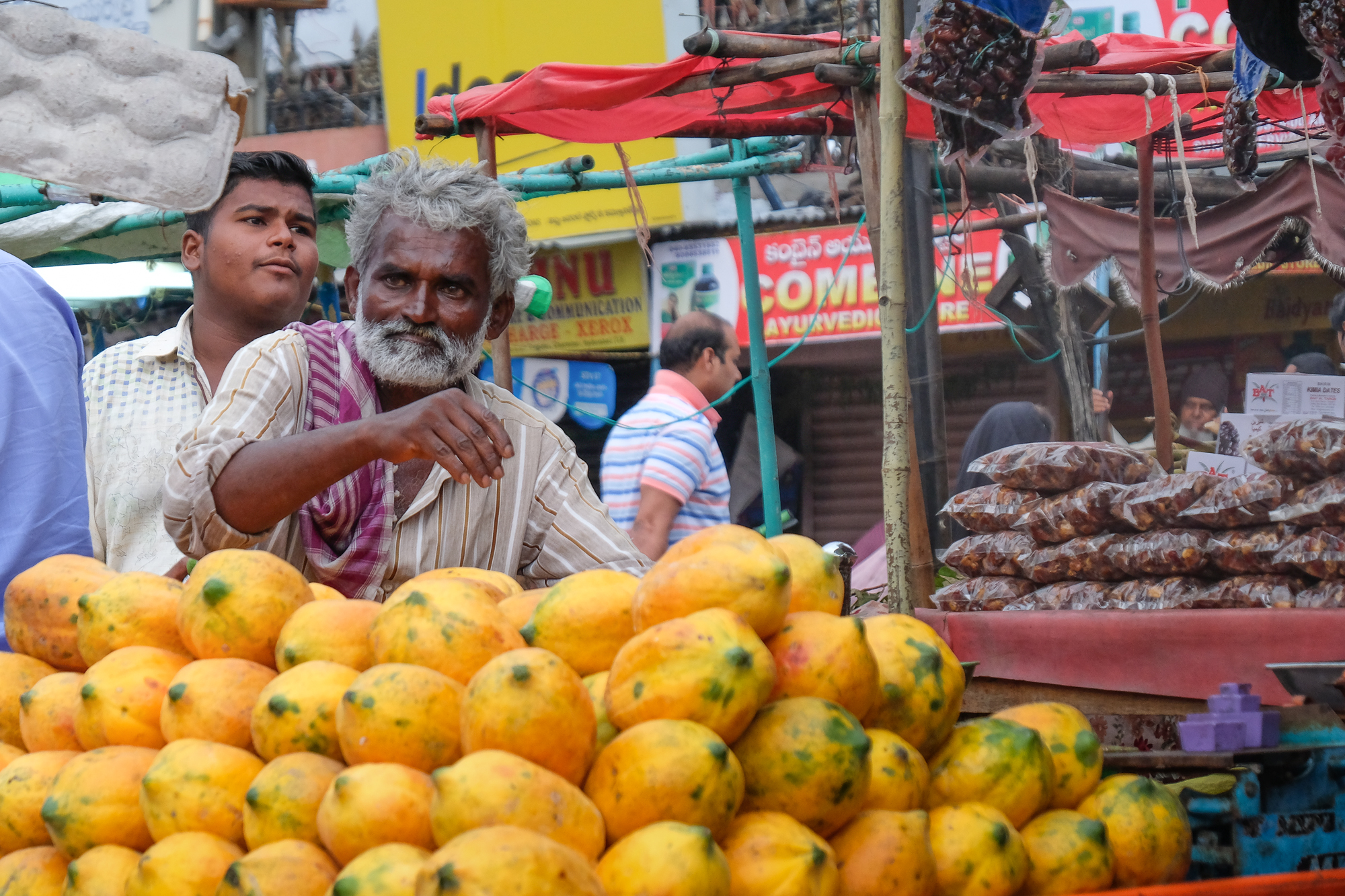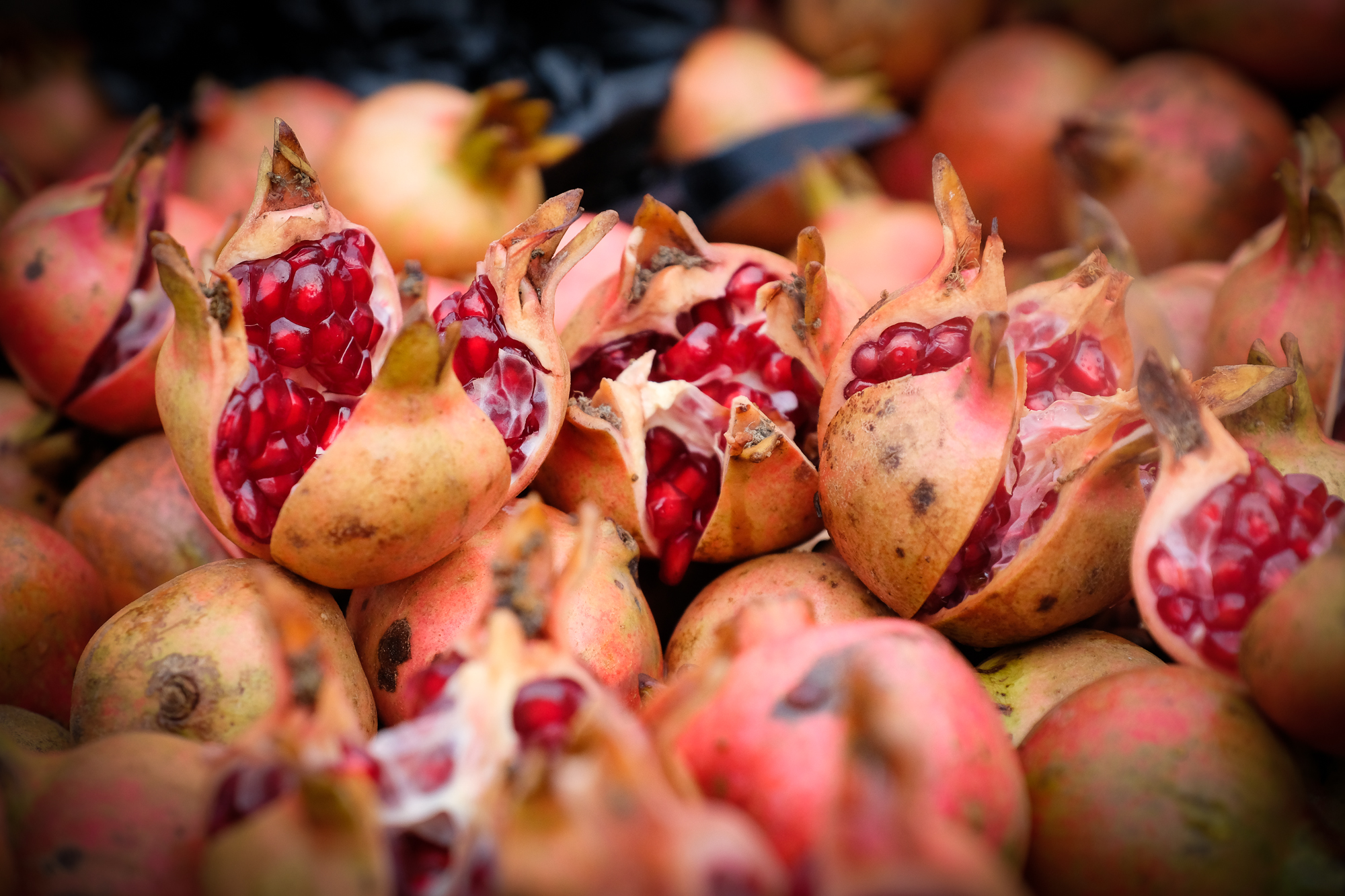After the short flight from Rome to Lamezia Terme on the Saturday before Palm Sunday, we piled into our van and drove to Pizzo (or Pizzo Calabro), a small town perched at the top of a cliff overlooking the Gulf of Saint Euphemia. We had reservations in a small set of apartments near the bottom of the hill, so we initially tried to weave our van through the narrow winding streets. Several times we needed 6-point turns just to turn the corner, so tight was the space between the buildings on either side of the street! Finally threading our way to a more open space, we decided that reaching our destination by car was going to be impossible. Instead we disembarked in the quiet village square and dragged our luggage down the cobblestone streets toward our waiting rooms.
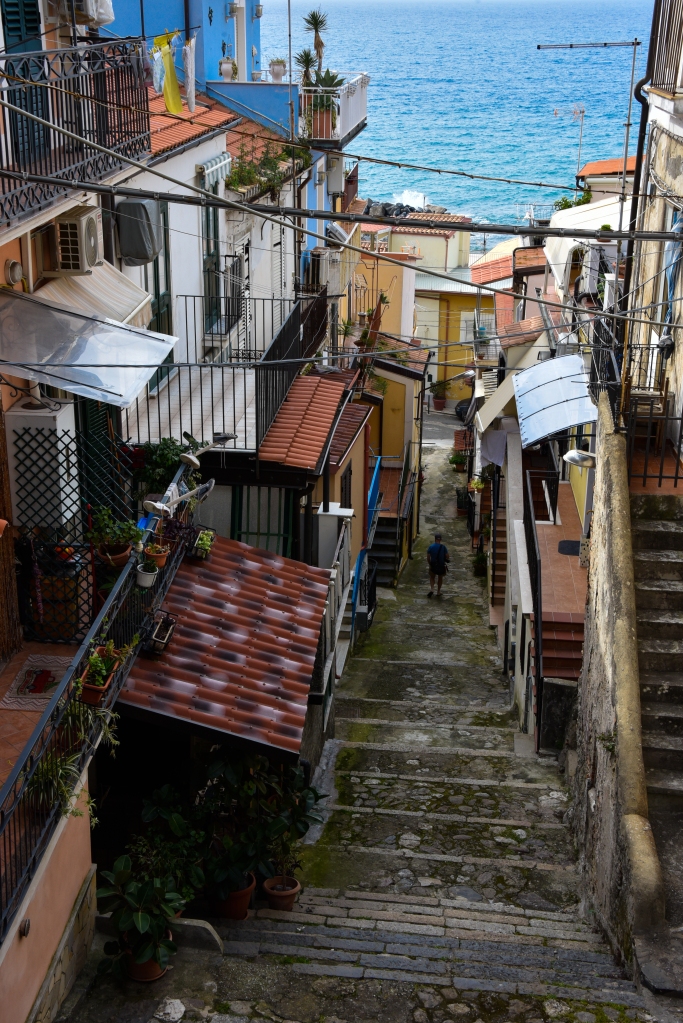
Across the street from our temporary residence was poetry, carved into the cement risers of a stepped passageway leading back uphill toward the town square. Just one of many surprises to come.

Making our way back up hill in search of lunch, we found a square lined by cafés, all of which advertised themselves as selling gelato. Actual food seemed secondary, but we did manage to find a place willing to make us pasta and salads, all of which were quite acceptable. (They solemnly informed us that pizza was only made in the evening.) We even found the town’s master tartuffo maker. He happily demonstrated how two different flavor ice creams are combined in his cupped hands, which then form them into a ball with a concave center into which he pours a chocolate-hazelnut syrup, proceeding then to quickly close up the hole, wrap the whole thing in paper, and transfer it back to a freezer to harden for a few hours. Mr. Morino has been doing this since opening his shop in 1973, as his son proudly explained to us.

The village was quiet, as tourist season does not really start until May and begins in earnest in June. But the weather, although brisk, did not keep us from wandering around the old town fortifications overlooking the sea and then down to the seaside itself. A sculpture made of wire mesh was particularly striking, as it watched over the port, striking a very modern pose. Elsewhere we wandered up and down narrow streets and passageways, often leading to the sea at their bottom. As people poked their heads out of windows and doors, we occasionally started up conversations. A group of men played cards at one of the cafés on the square, and the barber next door kept busy with customers.
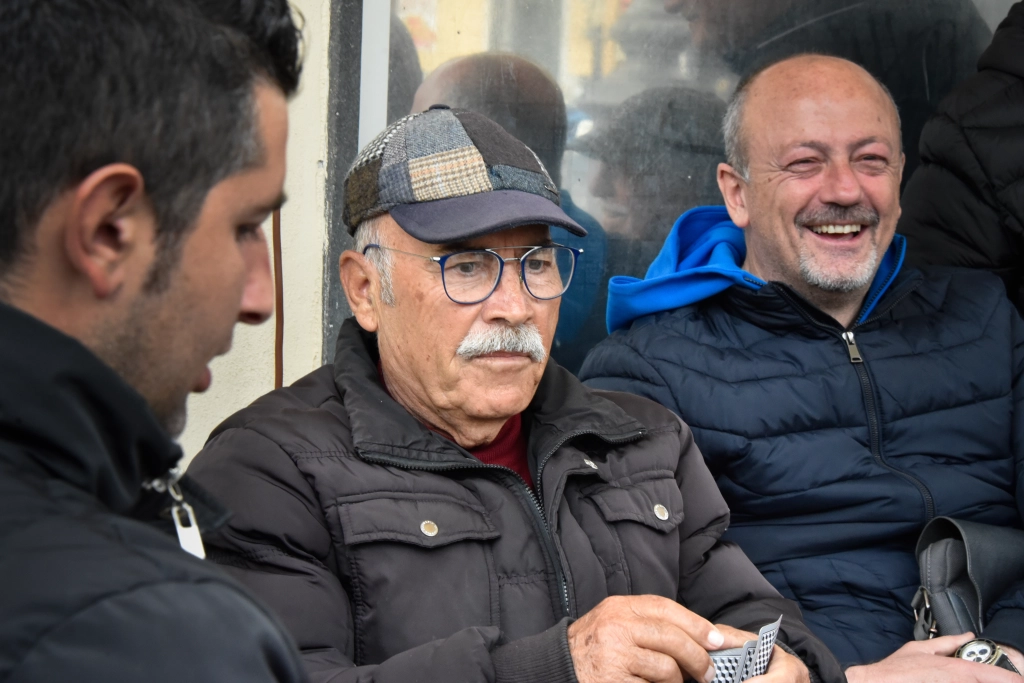
Other men hung around the action, watching both the card game and the people passing by.

The next day, however, was Palm Sunday, and townspeople came out to go to church, parading with children and palm fronds. The churches themselves were also decorated with palm fronds and other greens.
A few of us hiked about ½ mile out of town to visit the Chiesetta di Piedigrotto, a cave near the shore filled with biblical figures and scenes, carved into the cave walls and stalagmites.
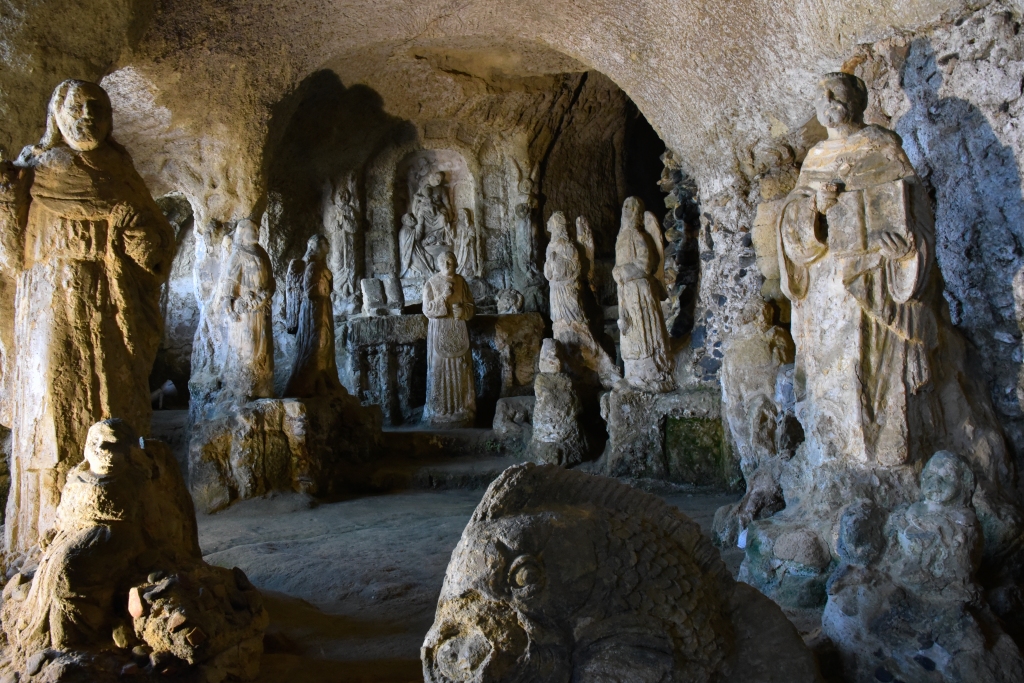
Returning to town and gathering in the square with our luggage, we were surprised to see a parade of church officiants and townspeople approaching us, with flags and palm fronds, on their way to one of the churches. Surely a treat as a send-off!









